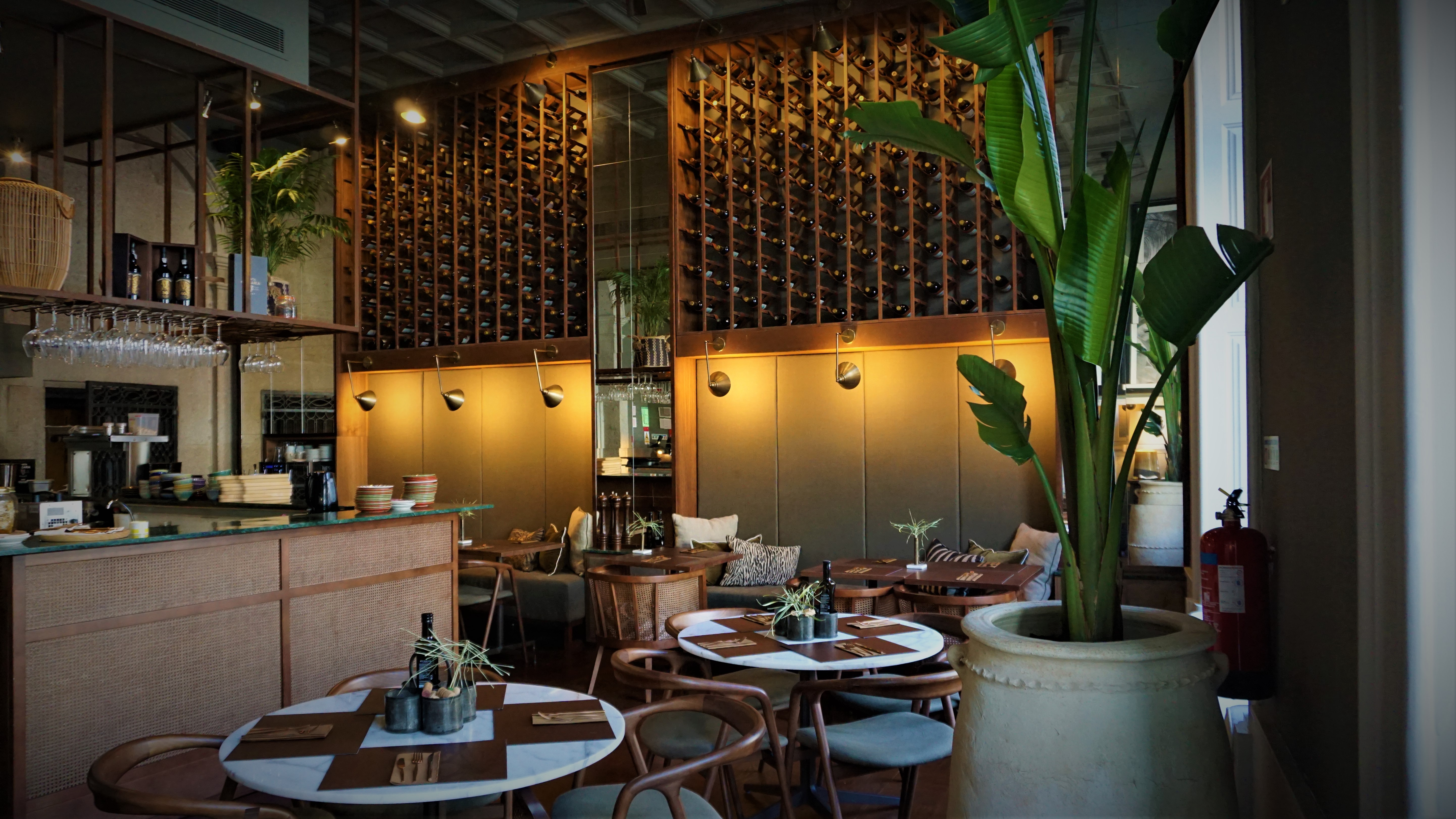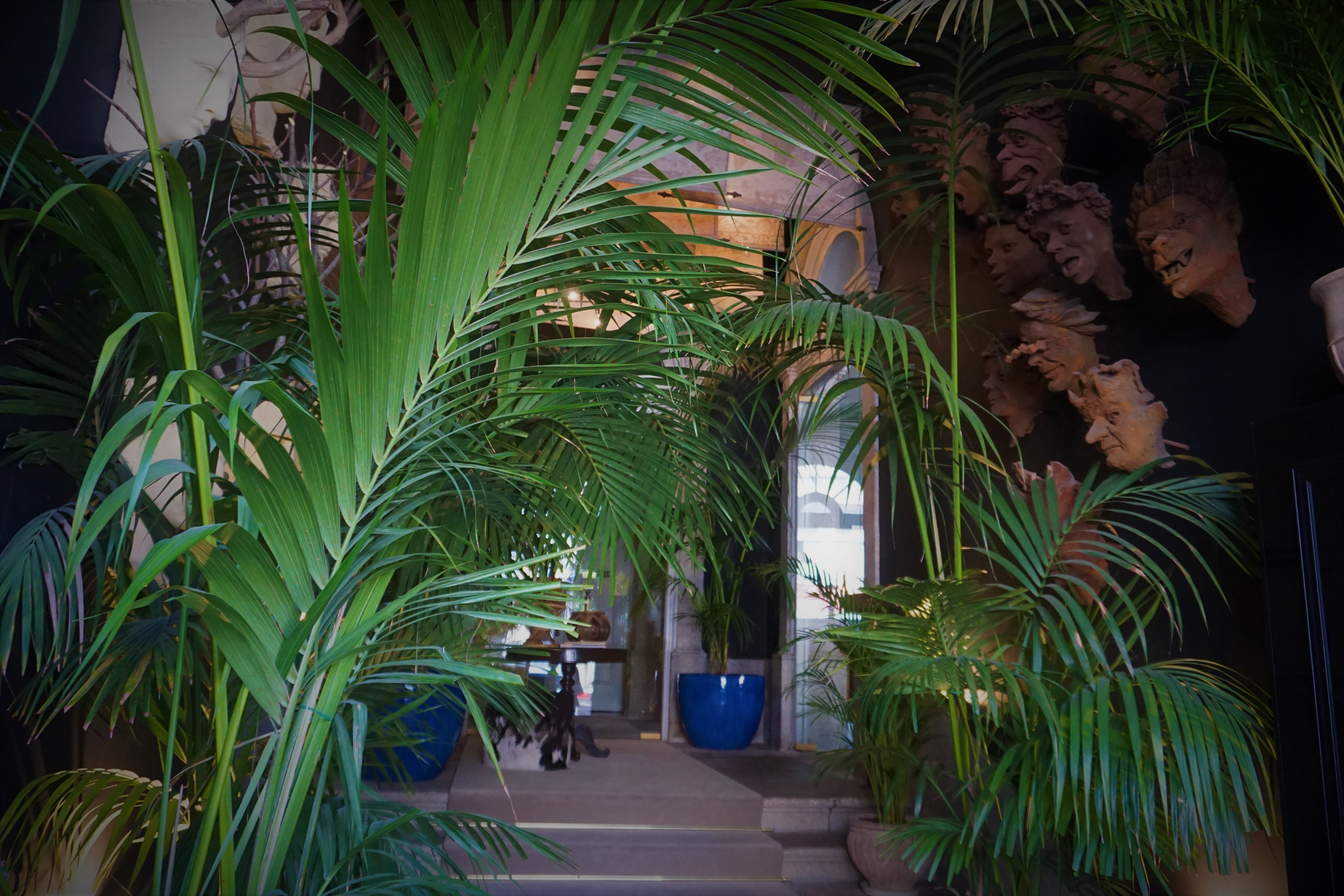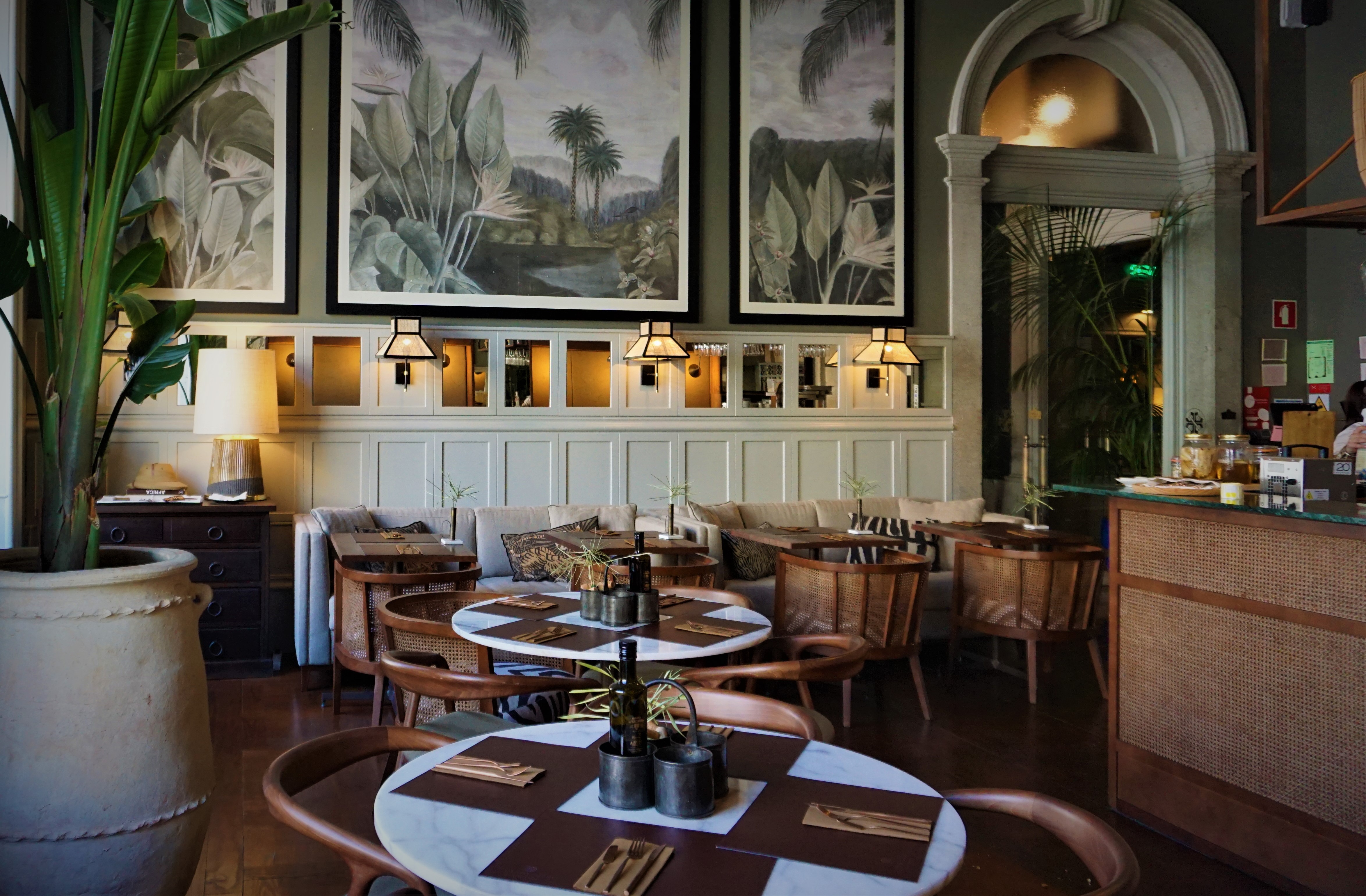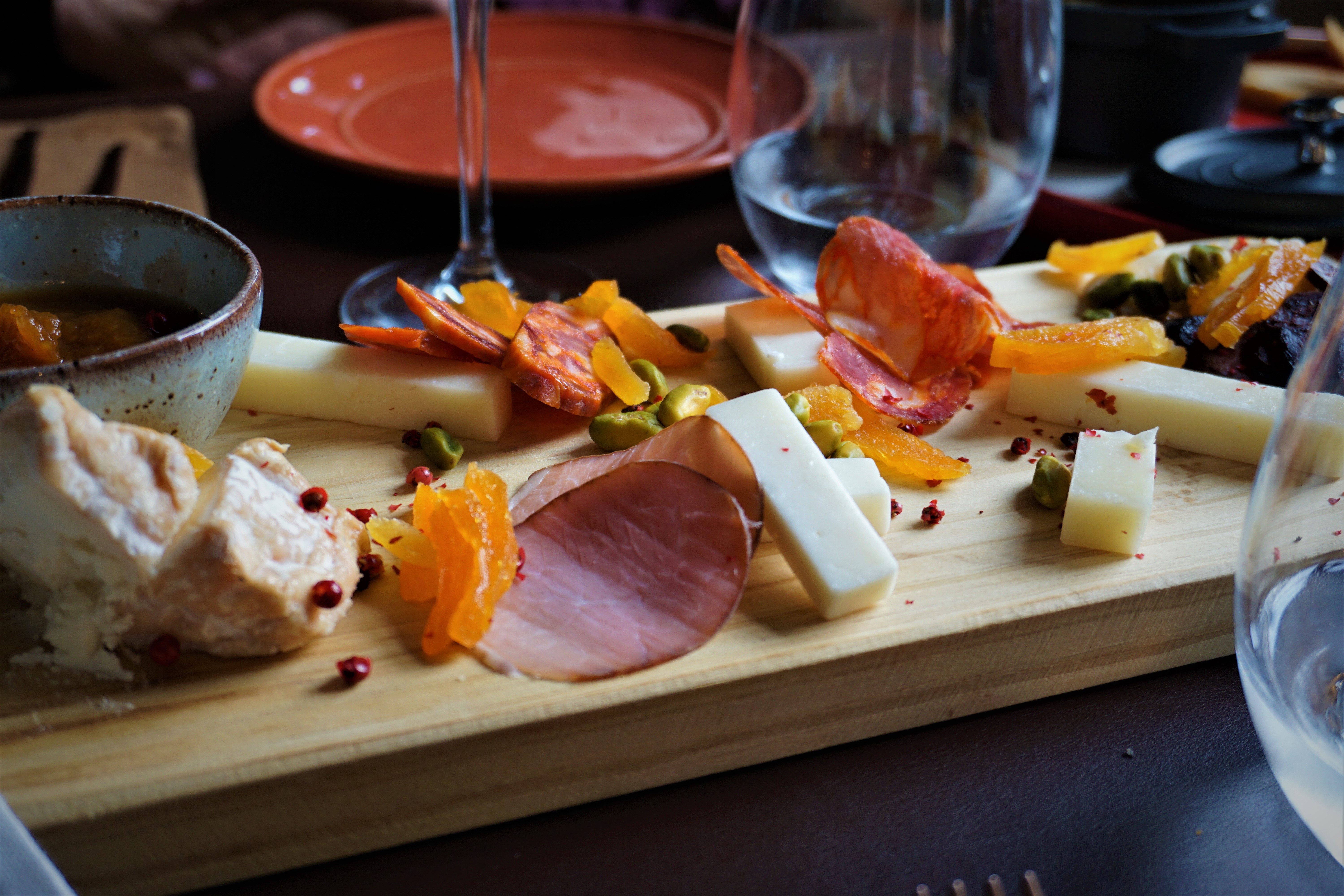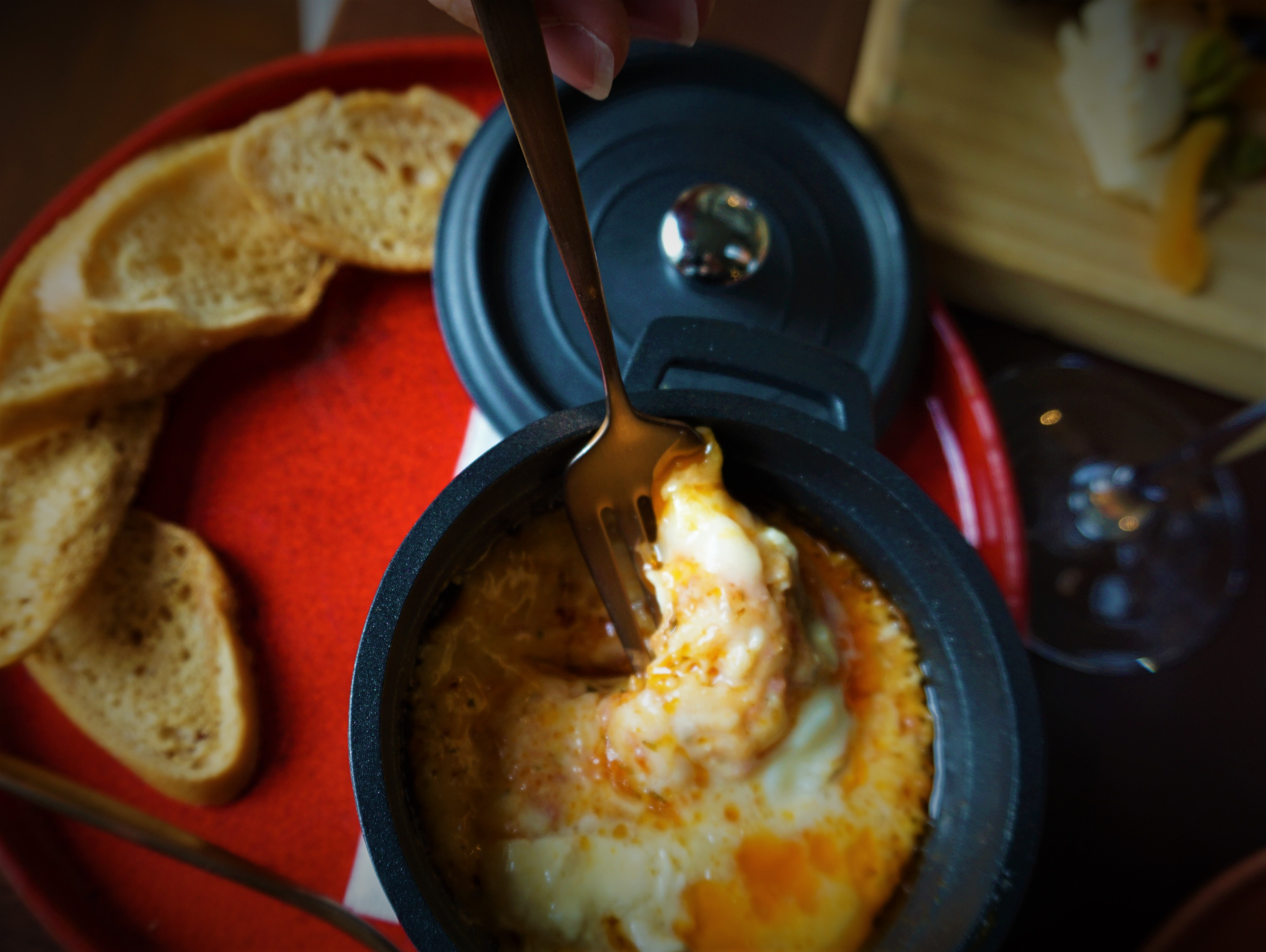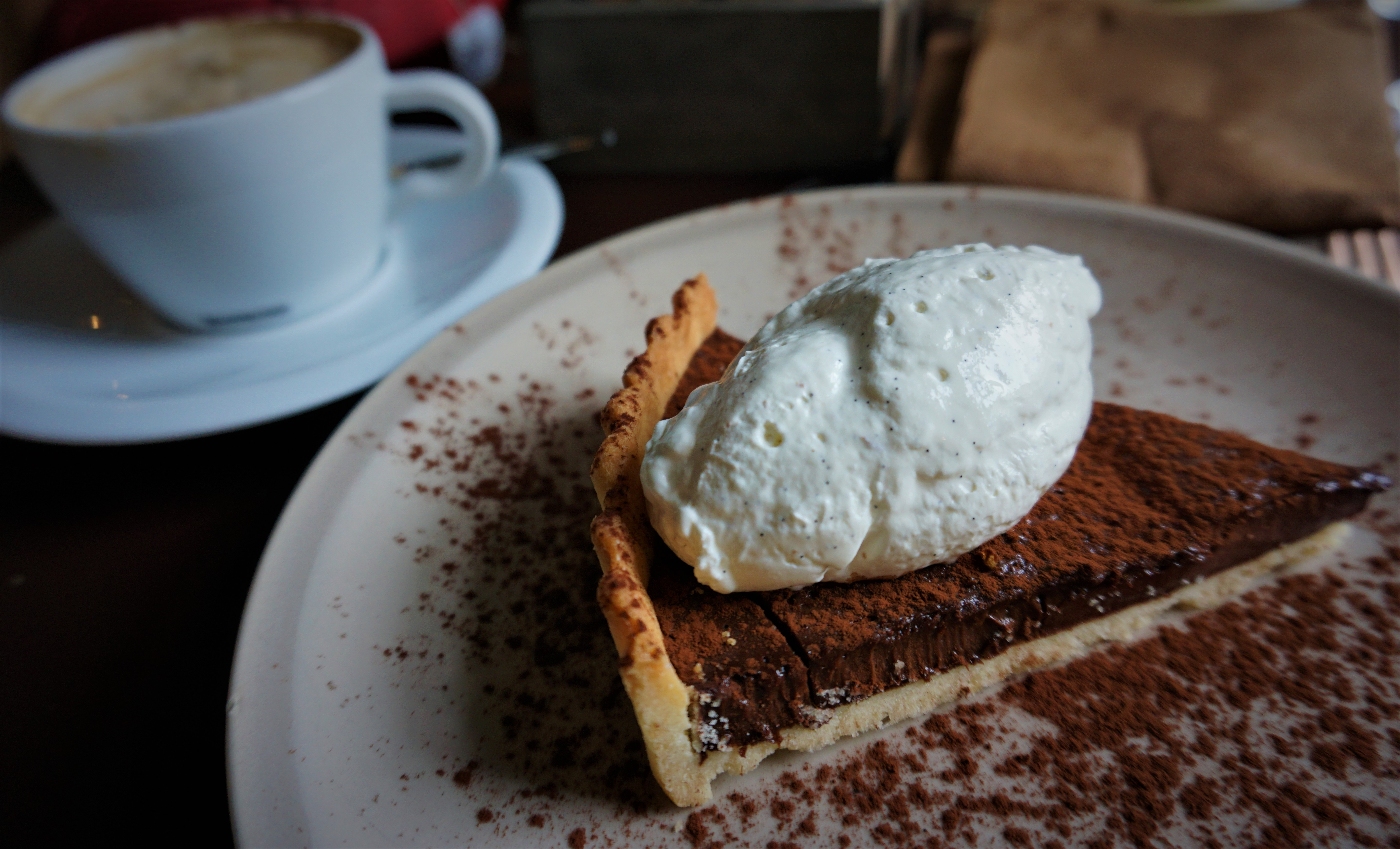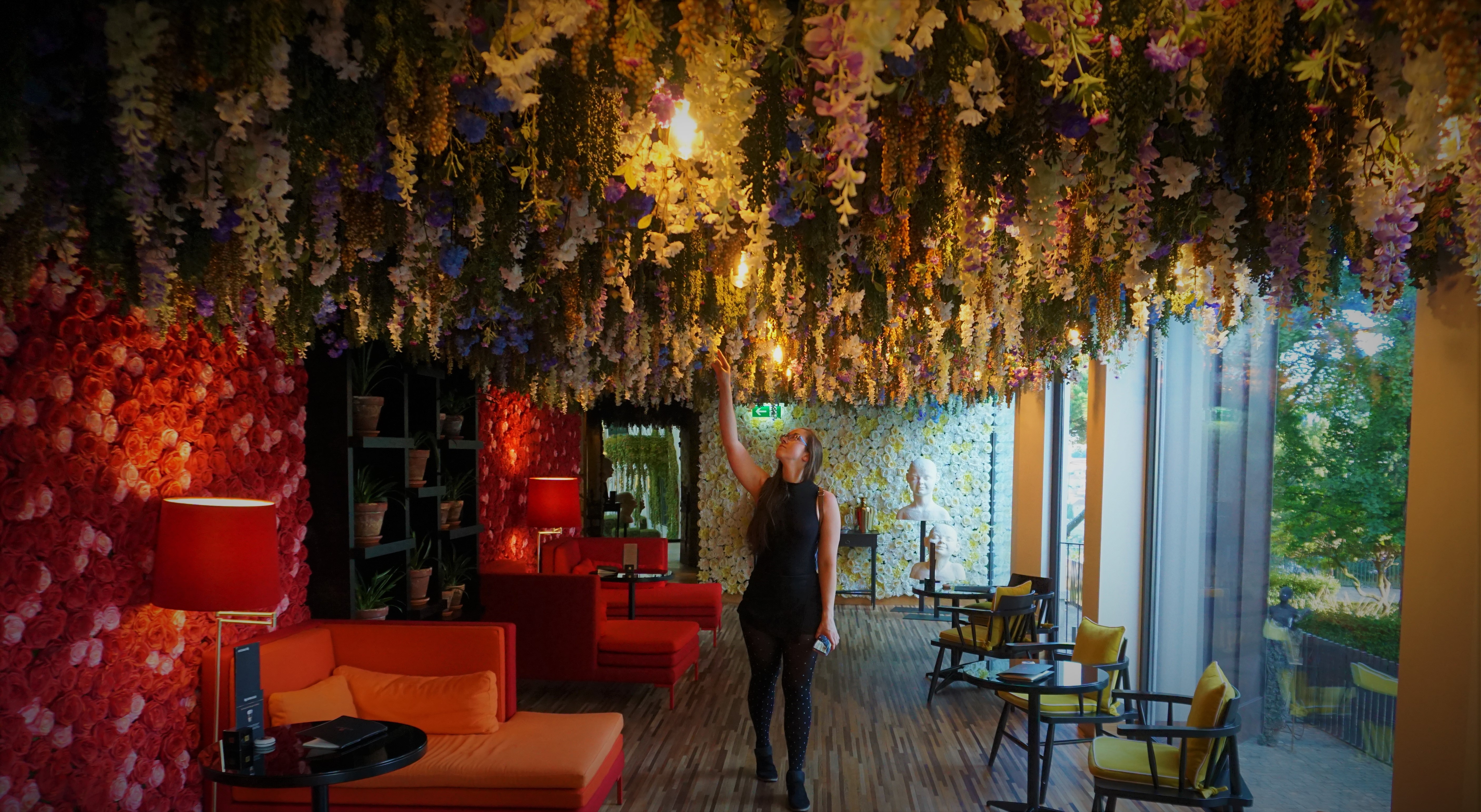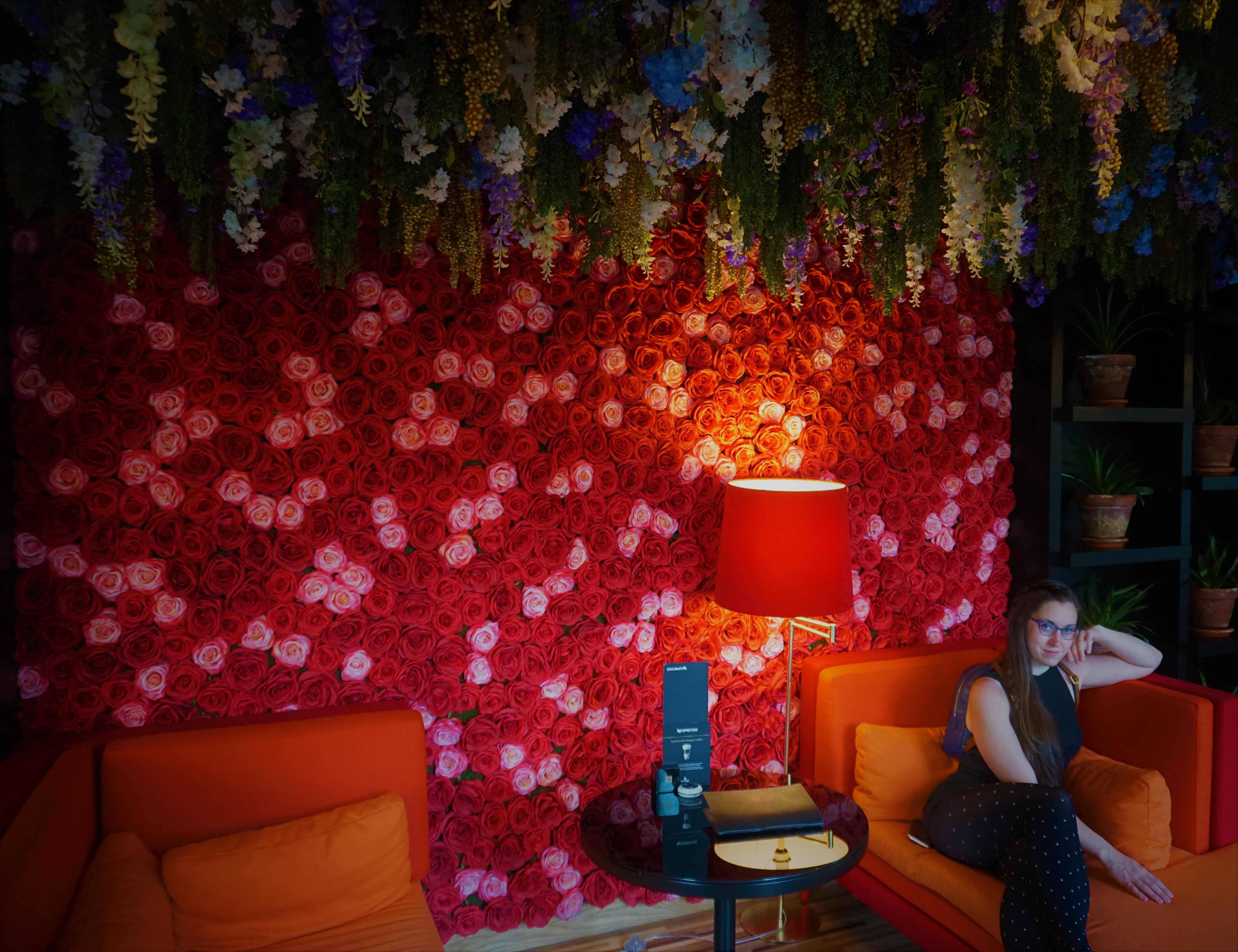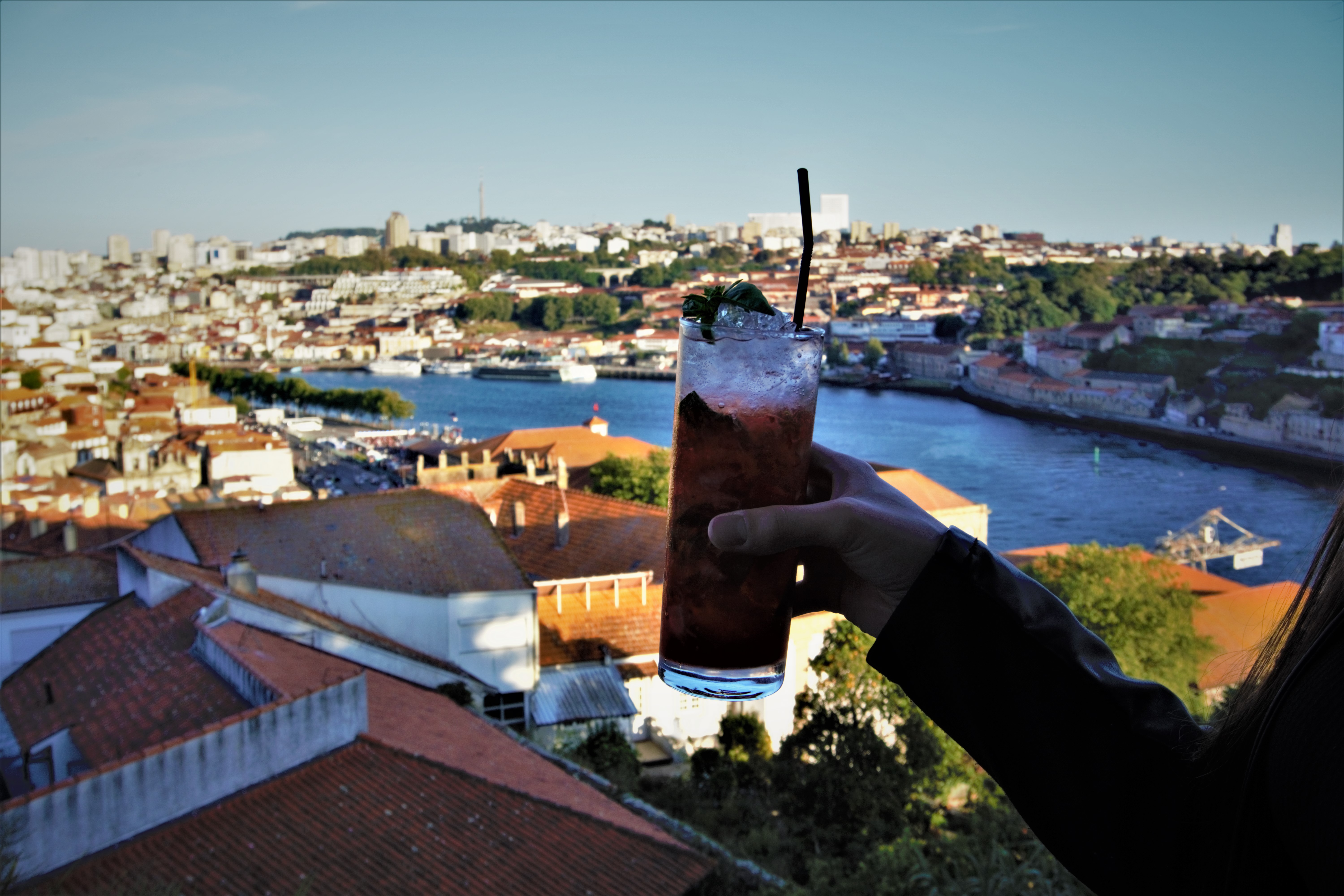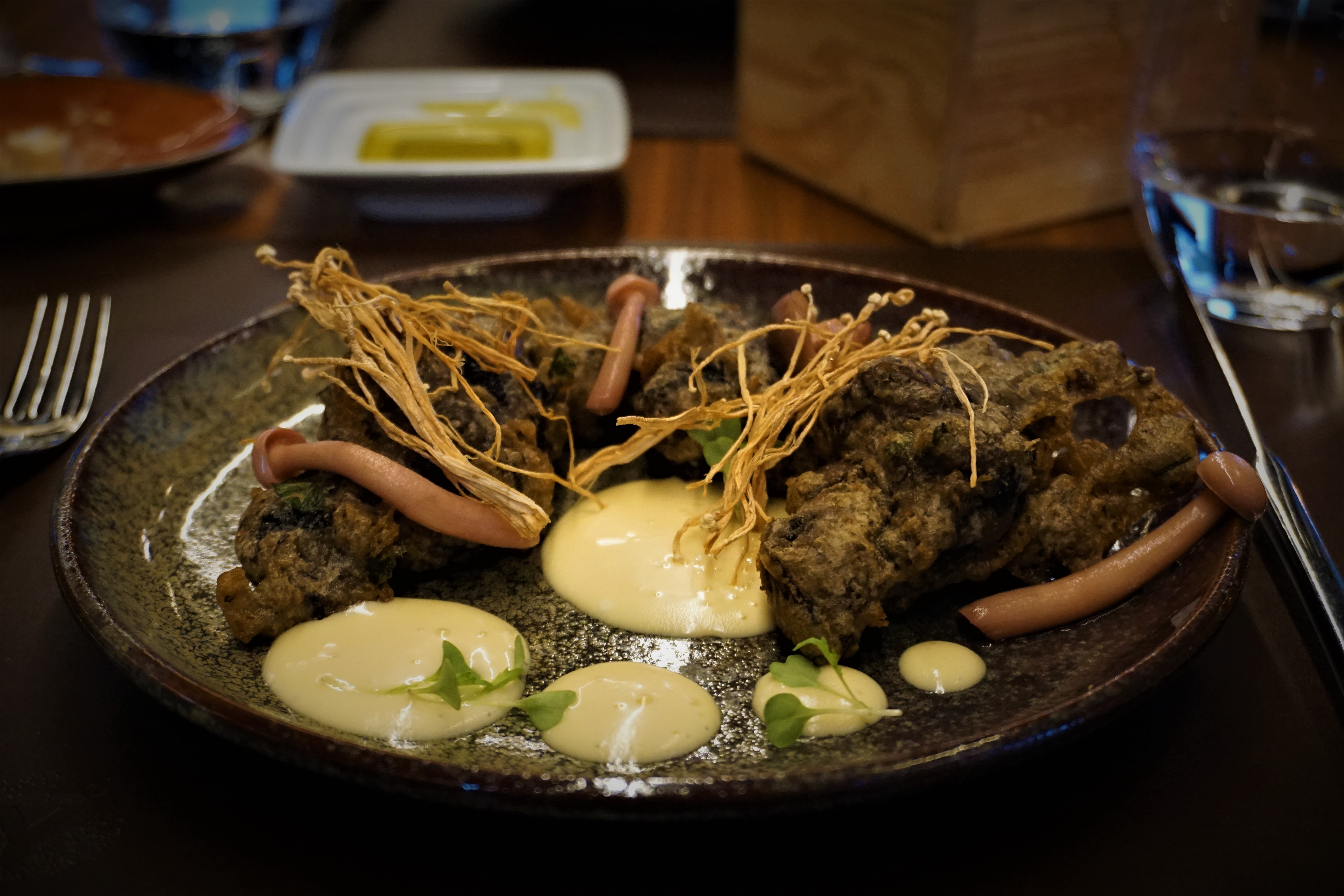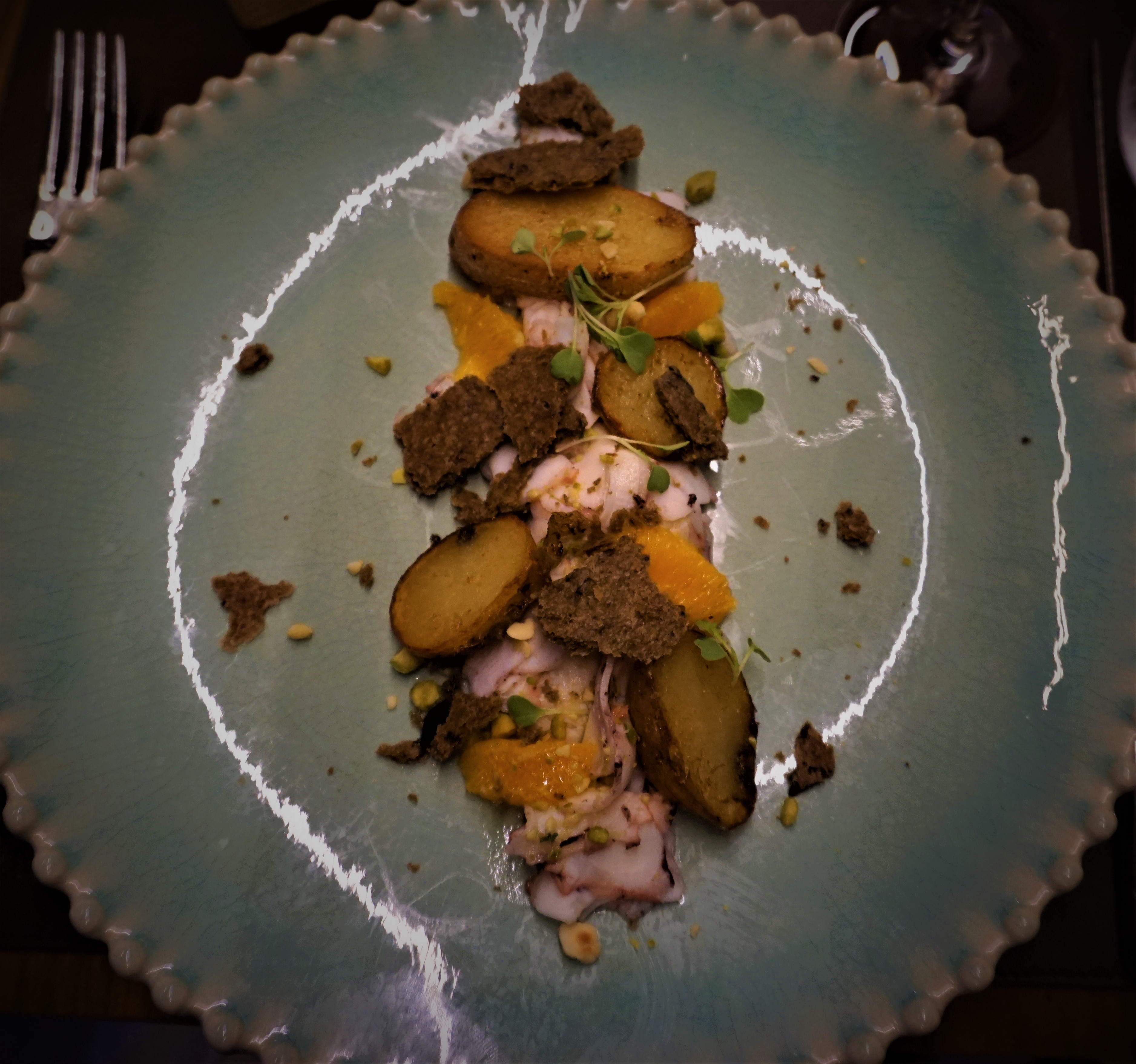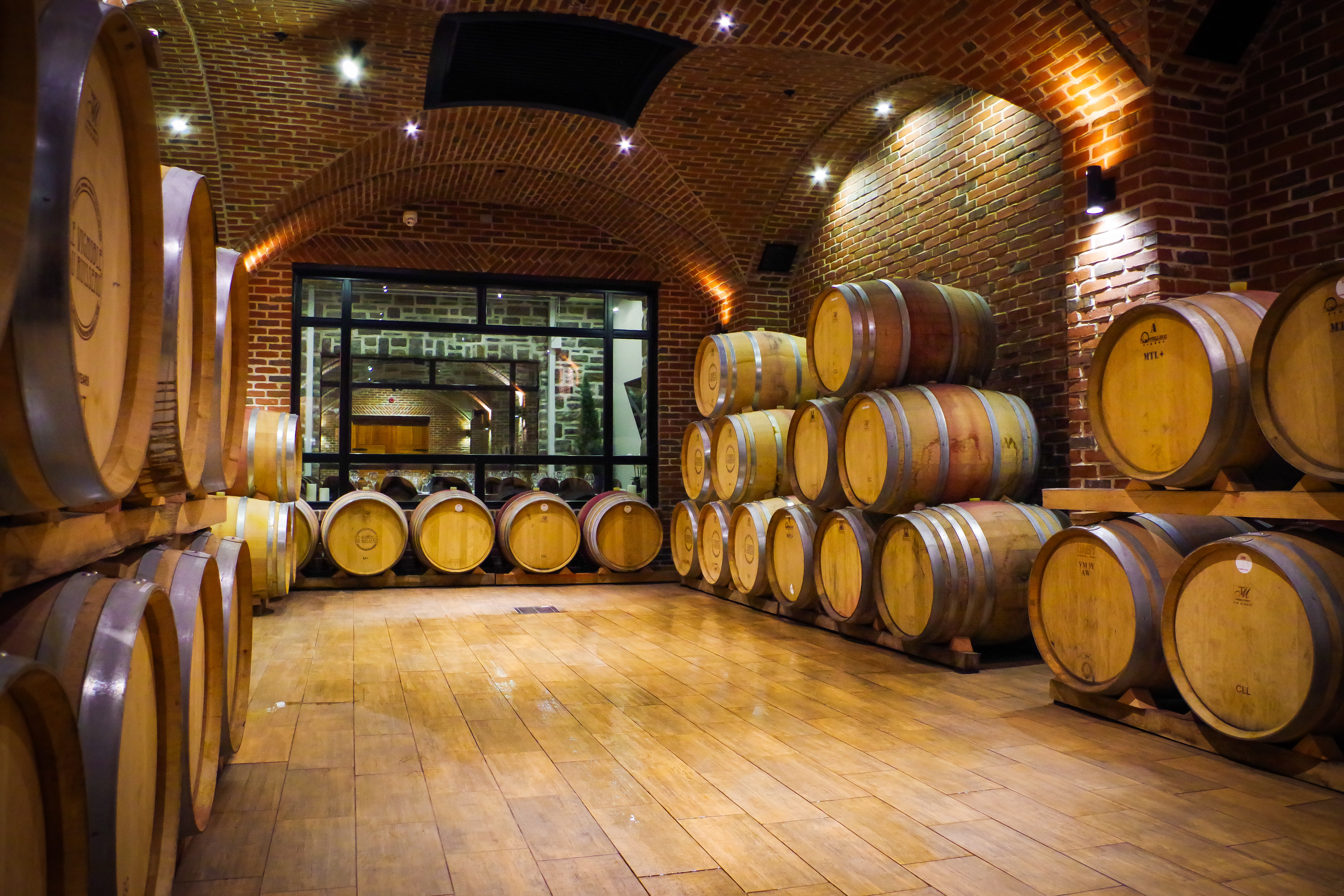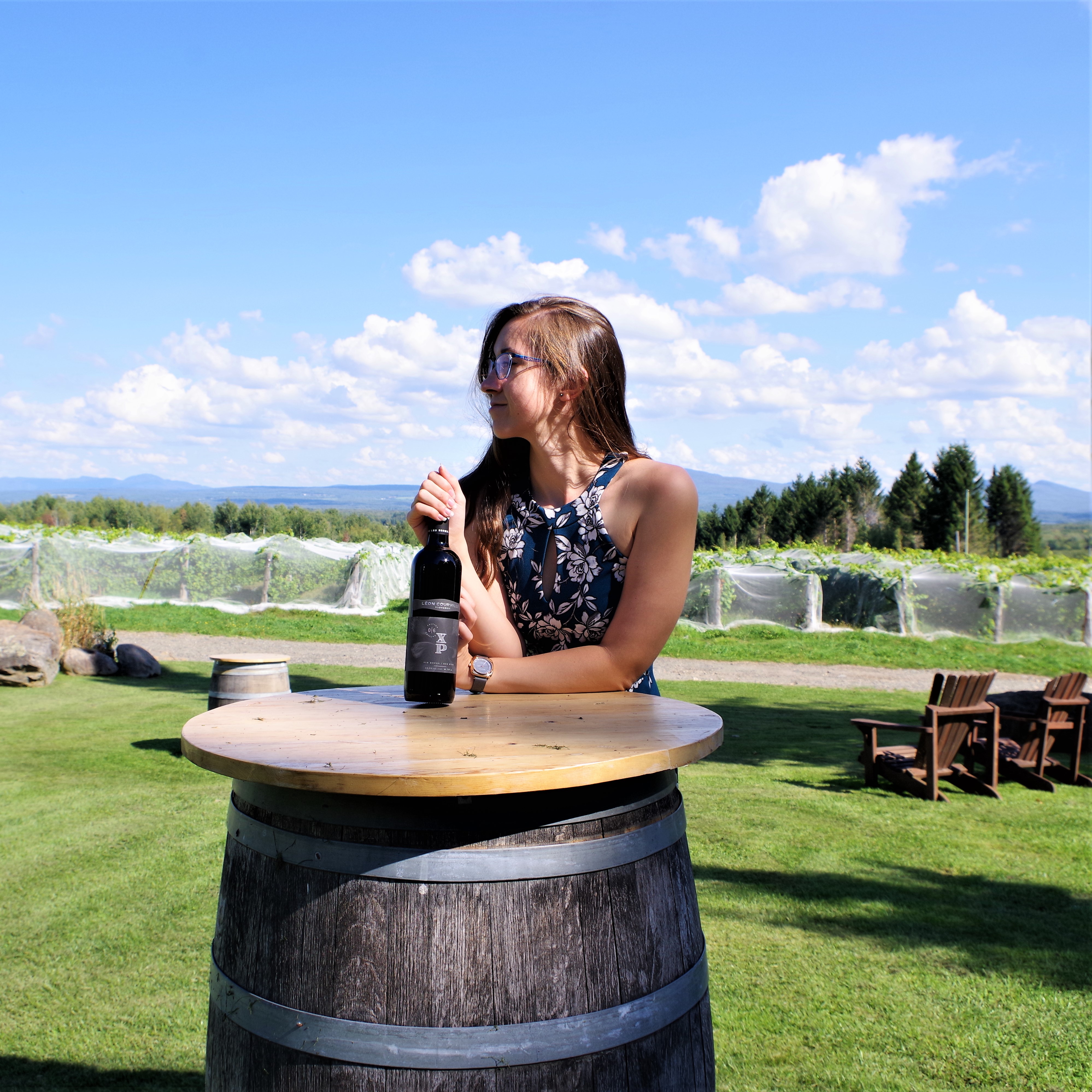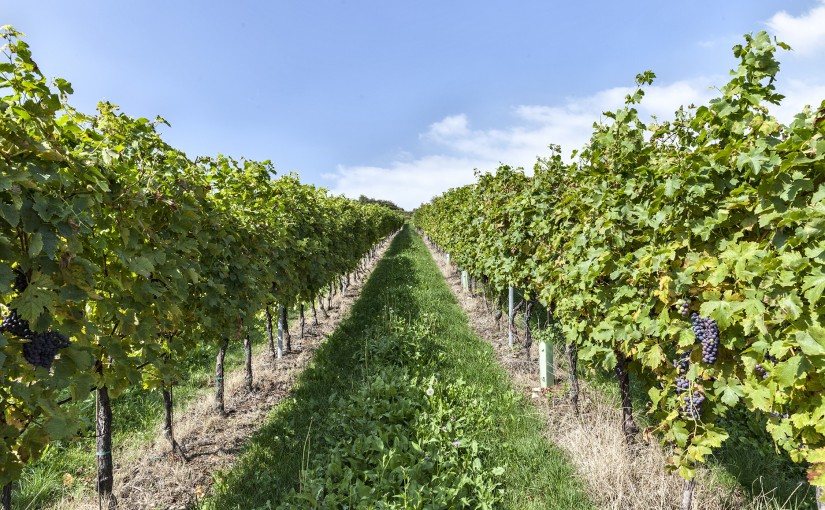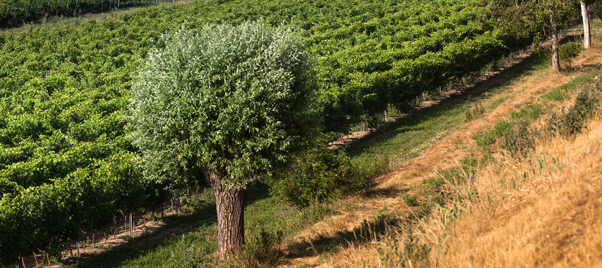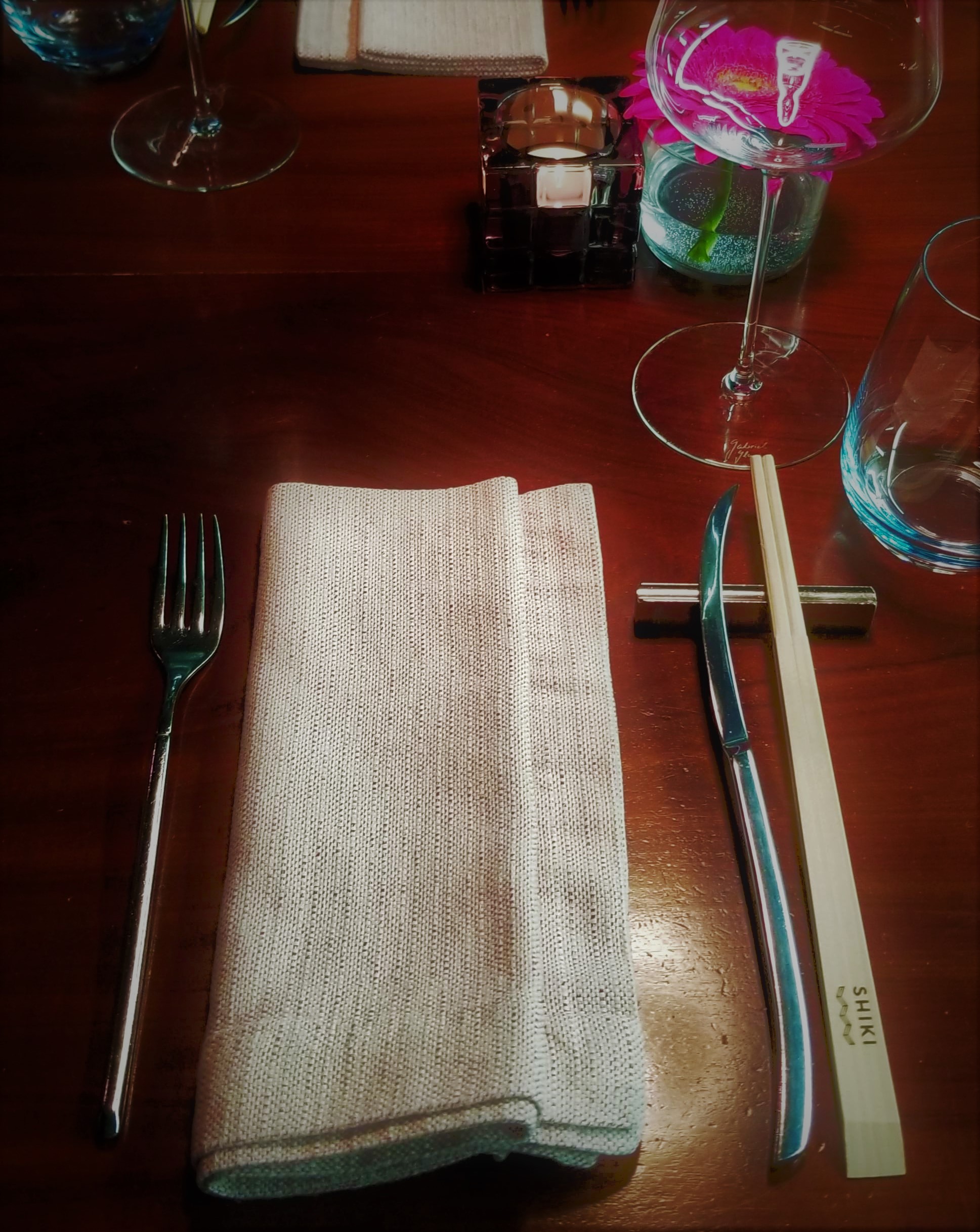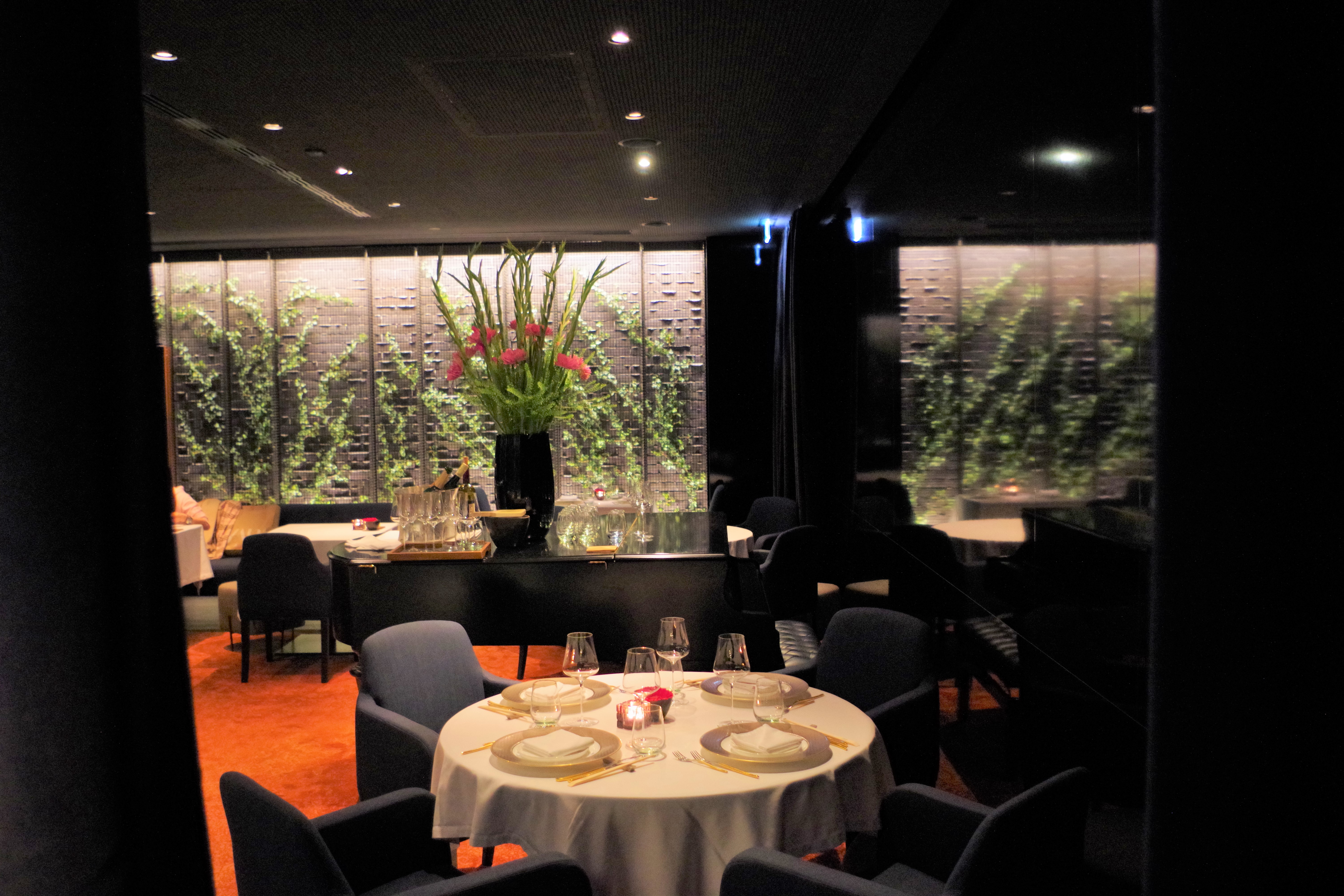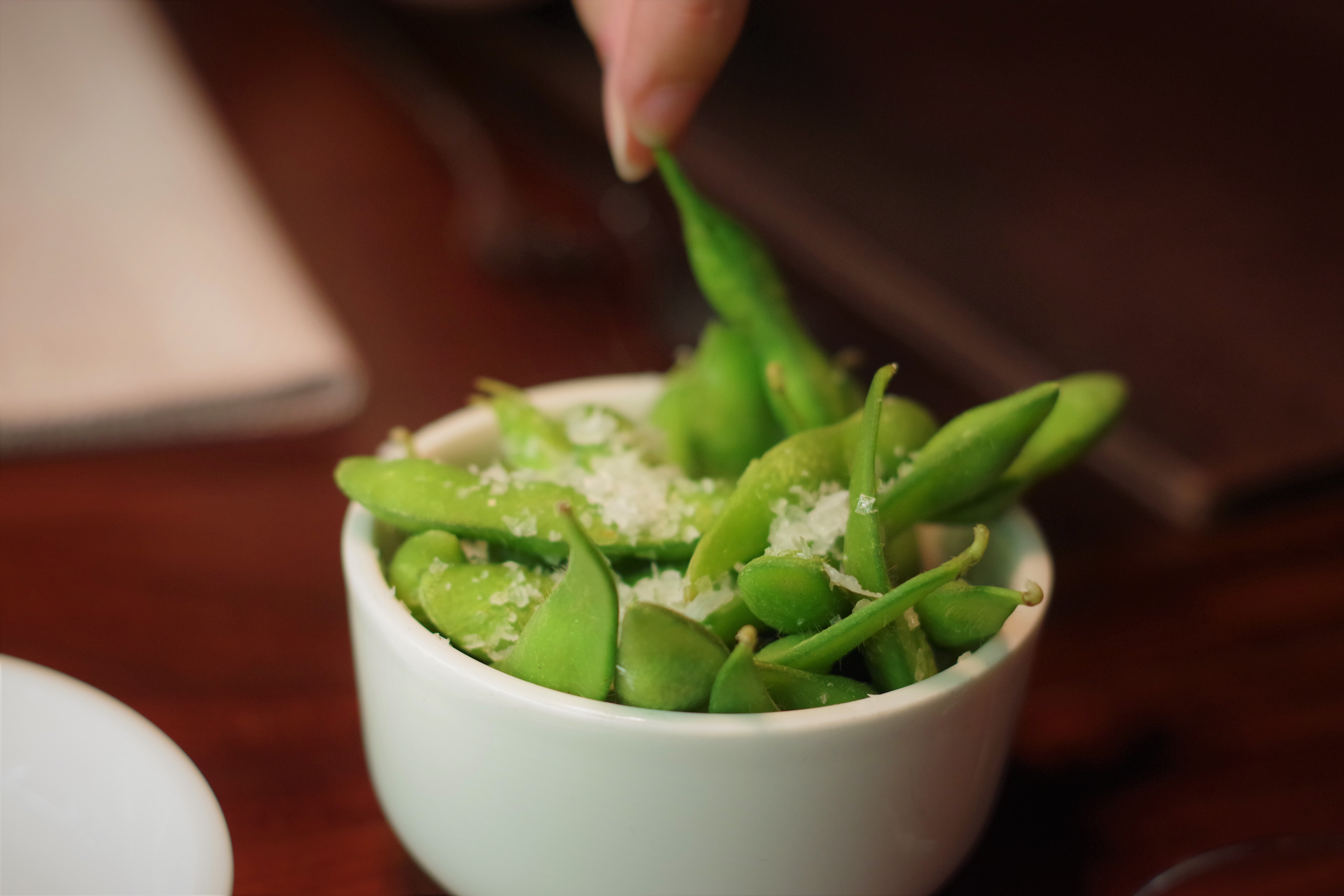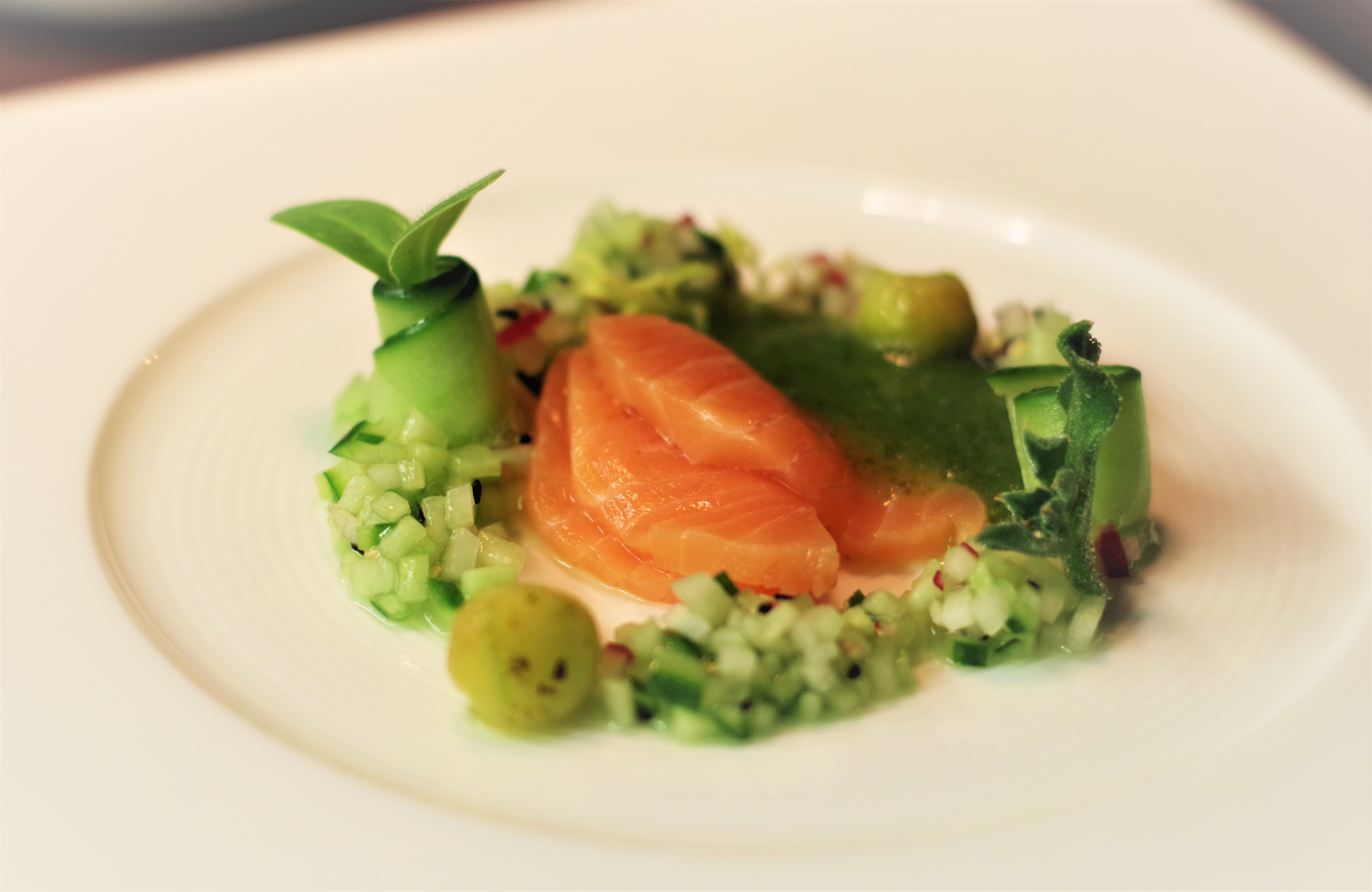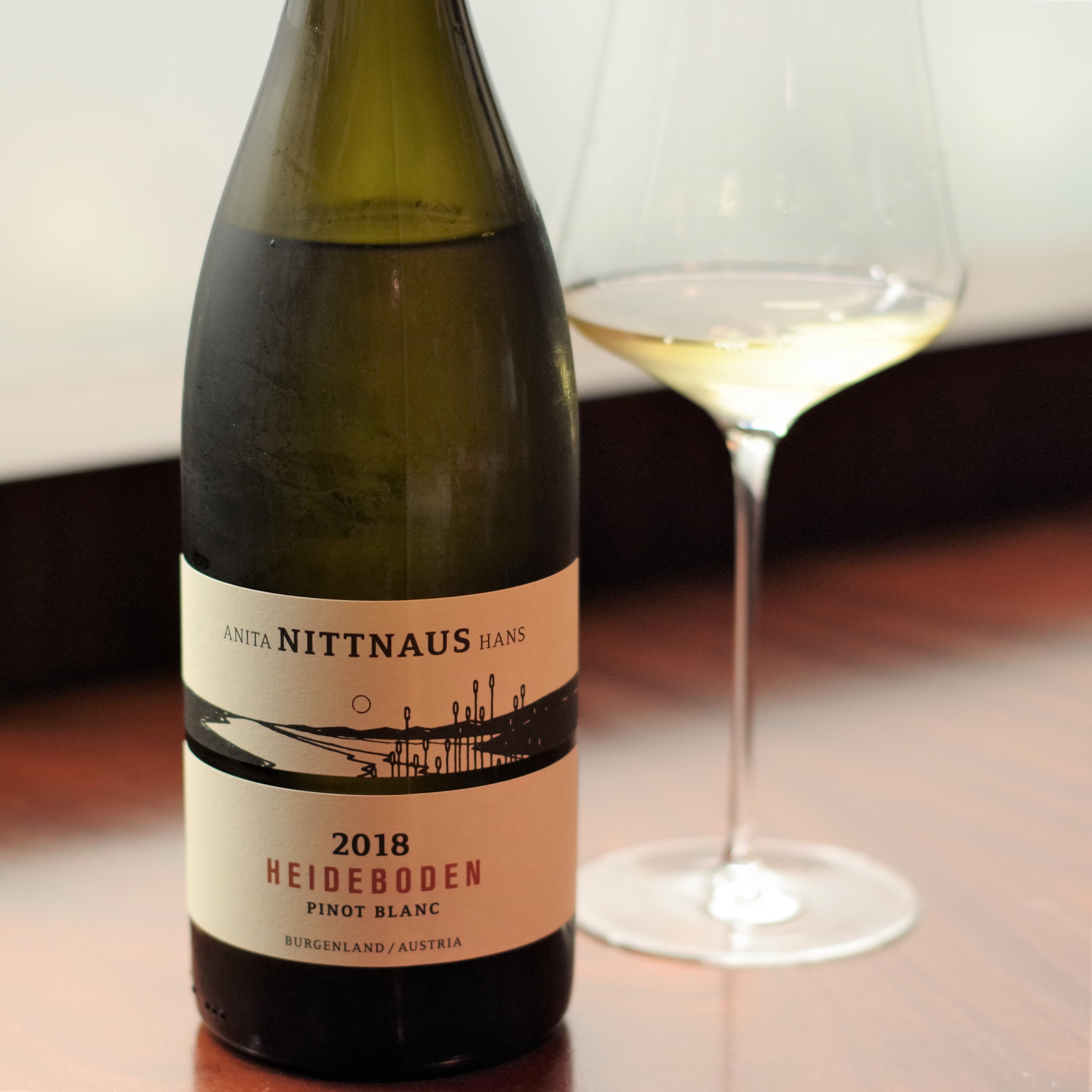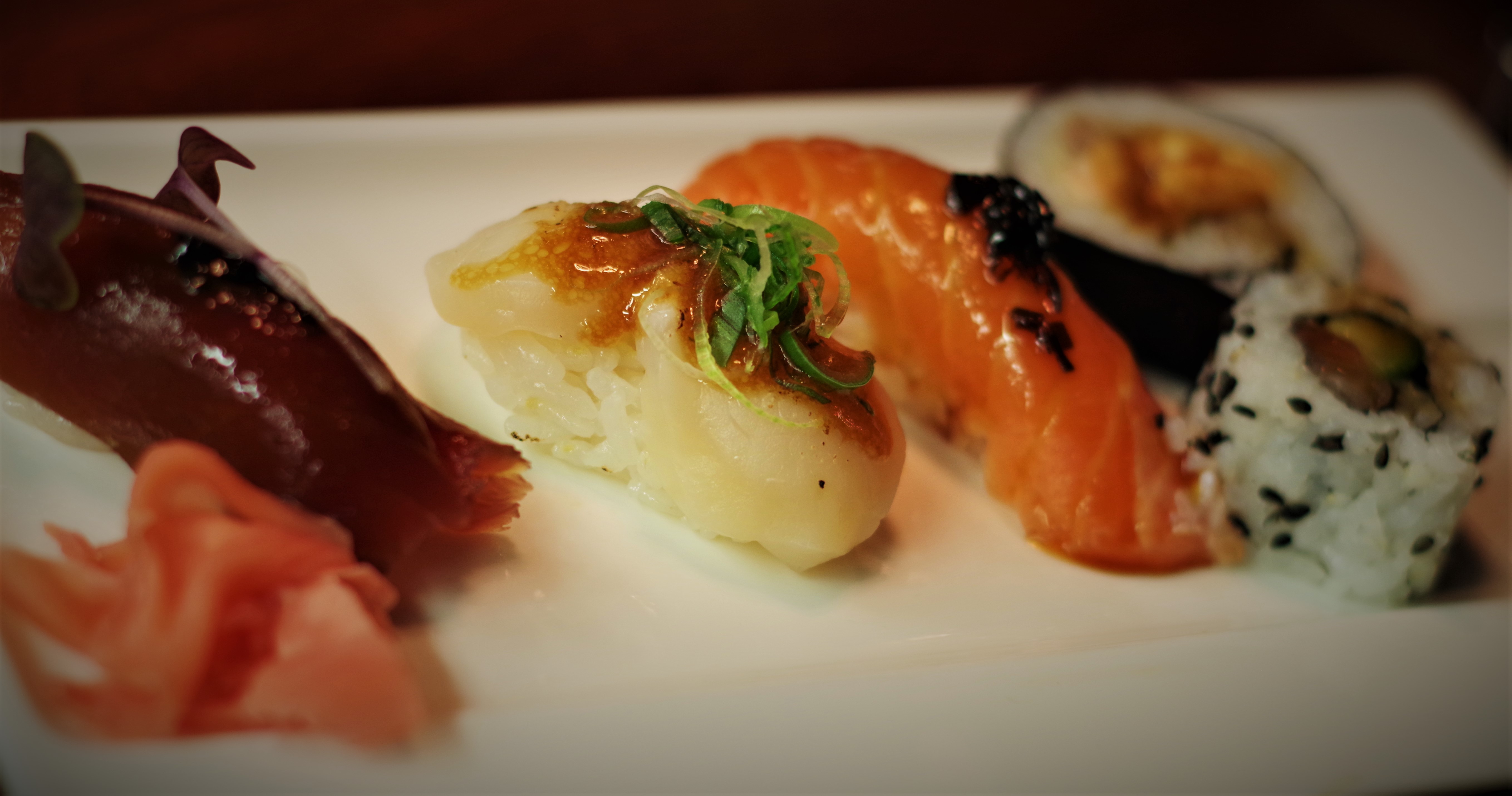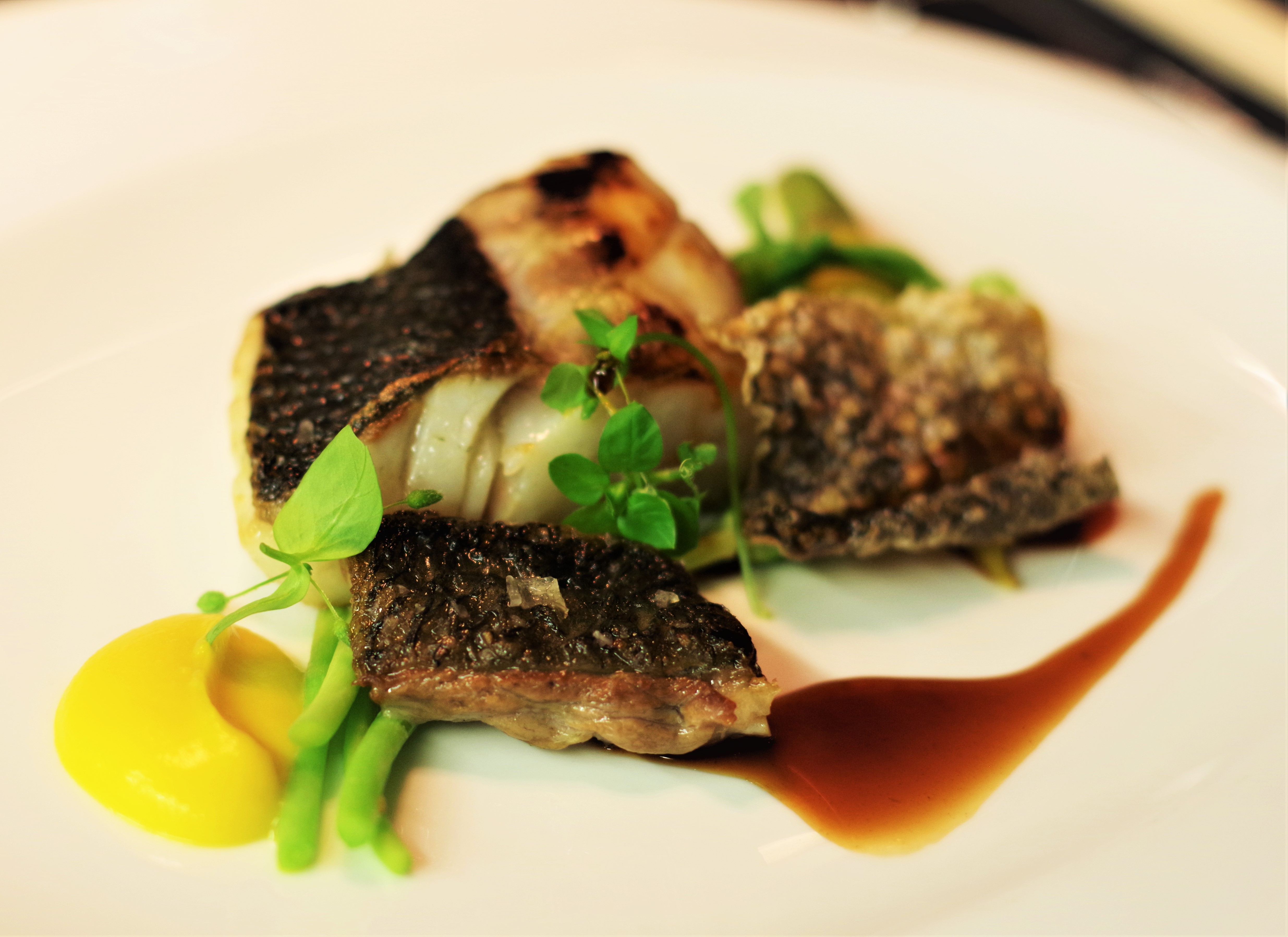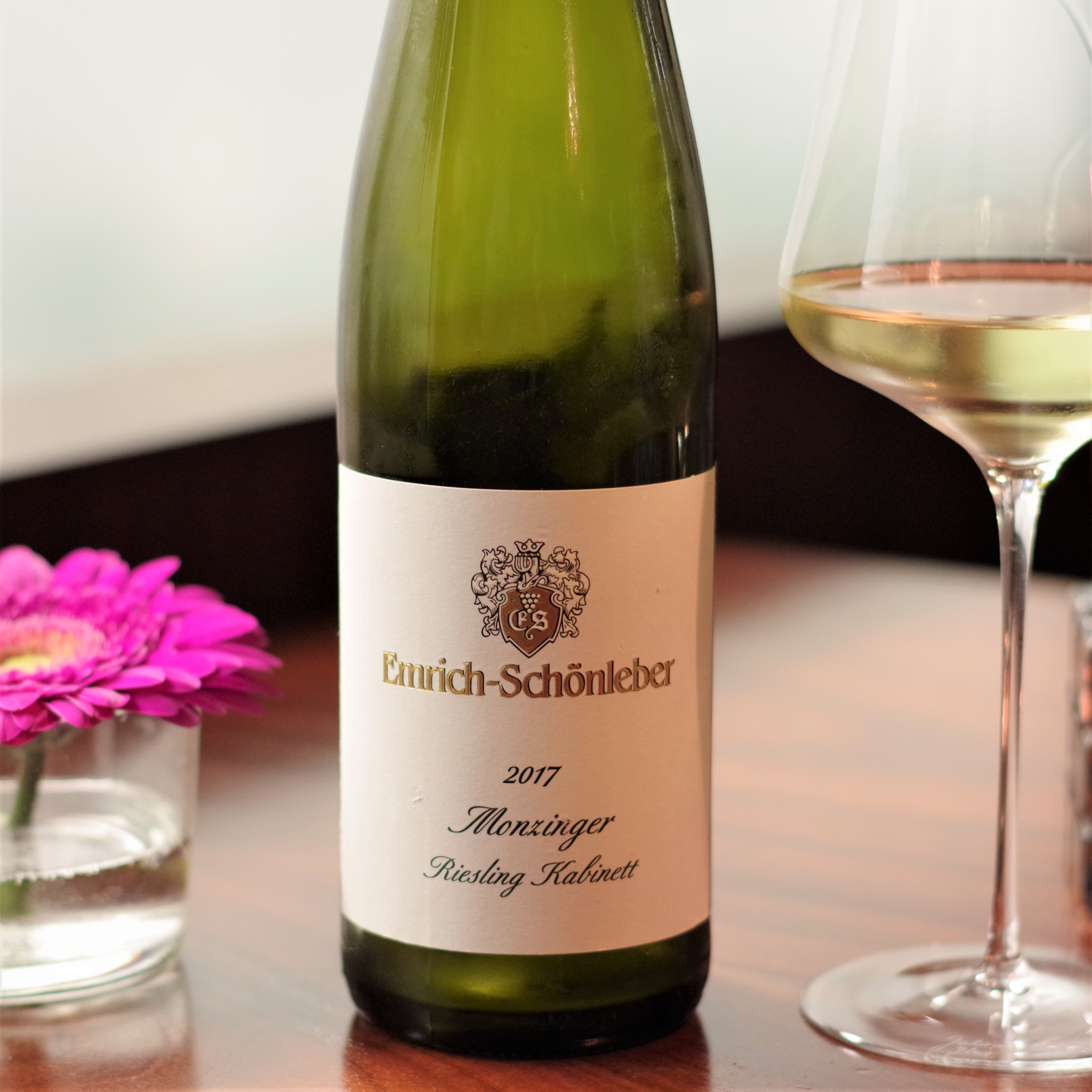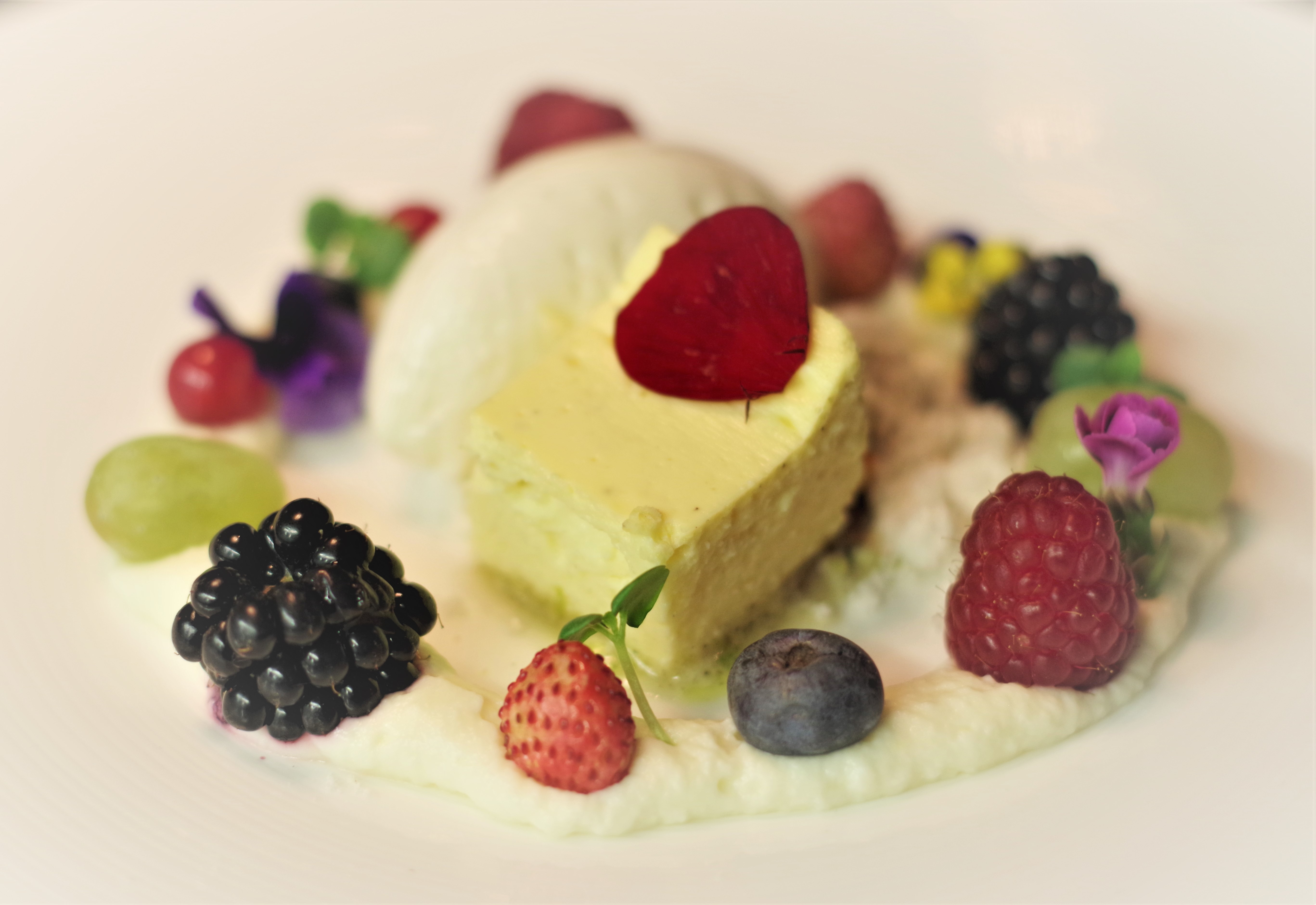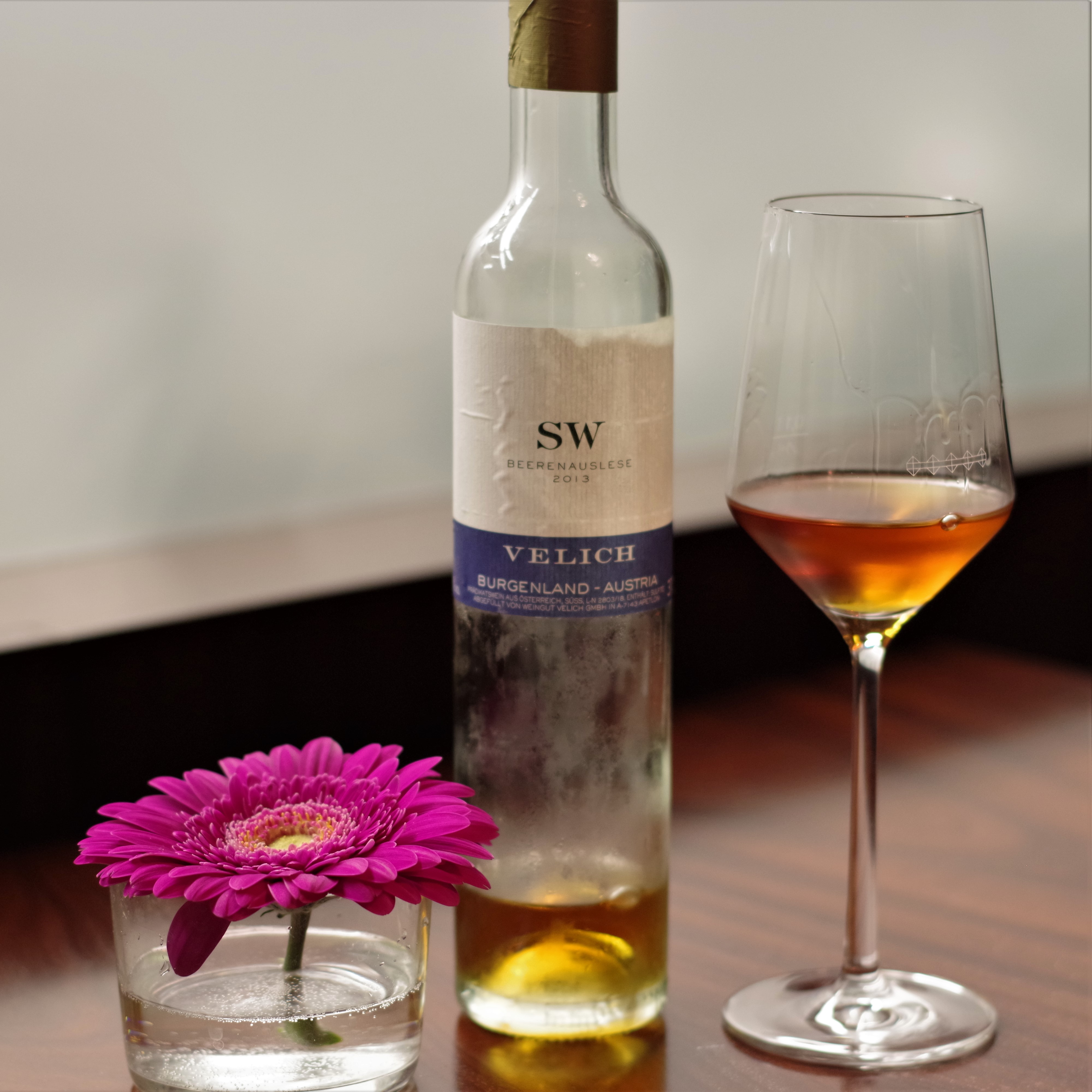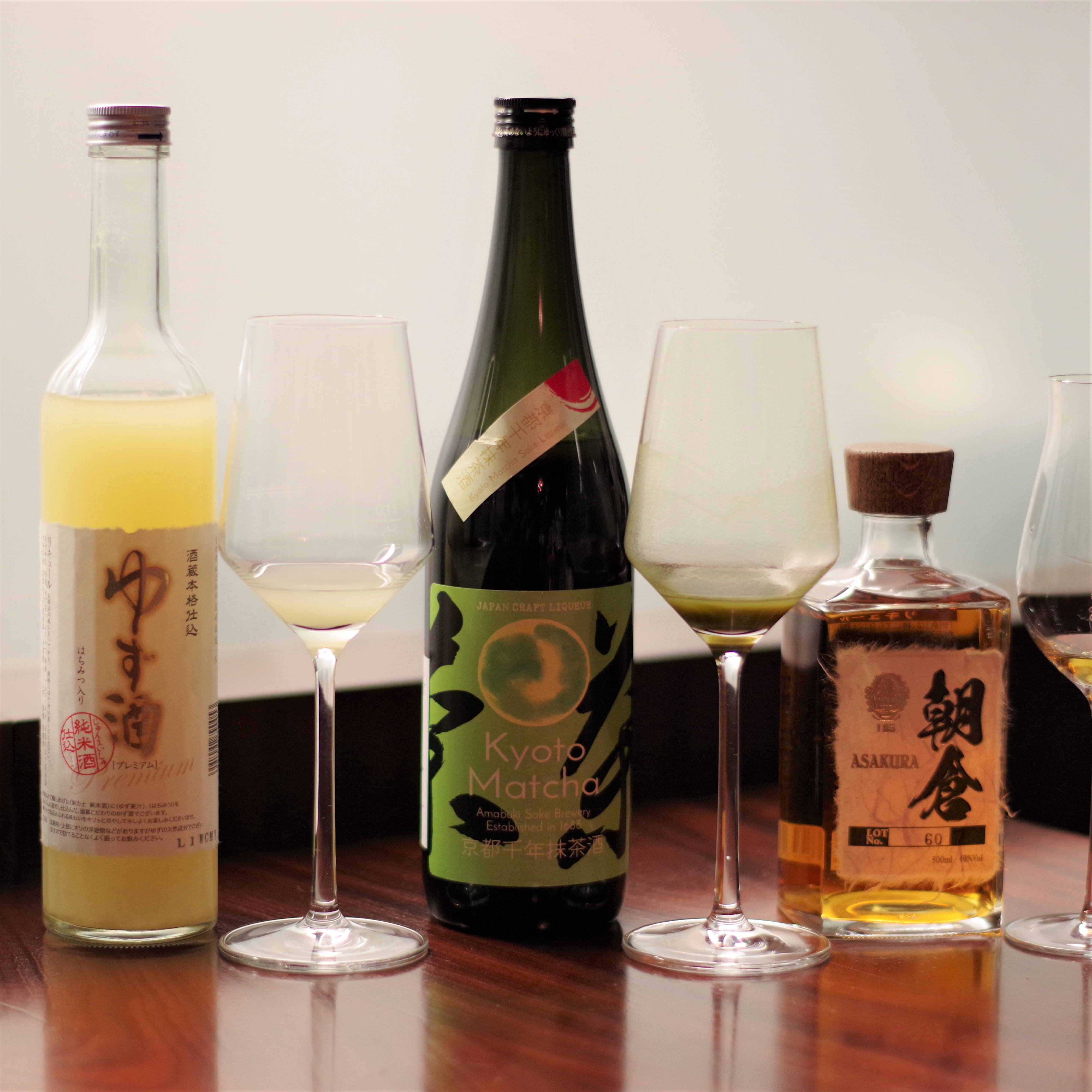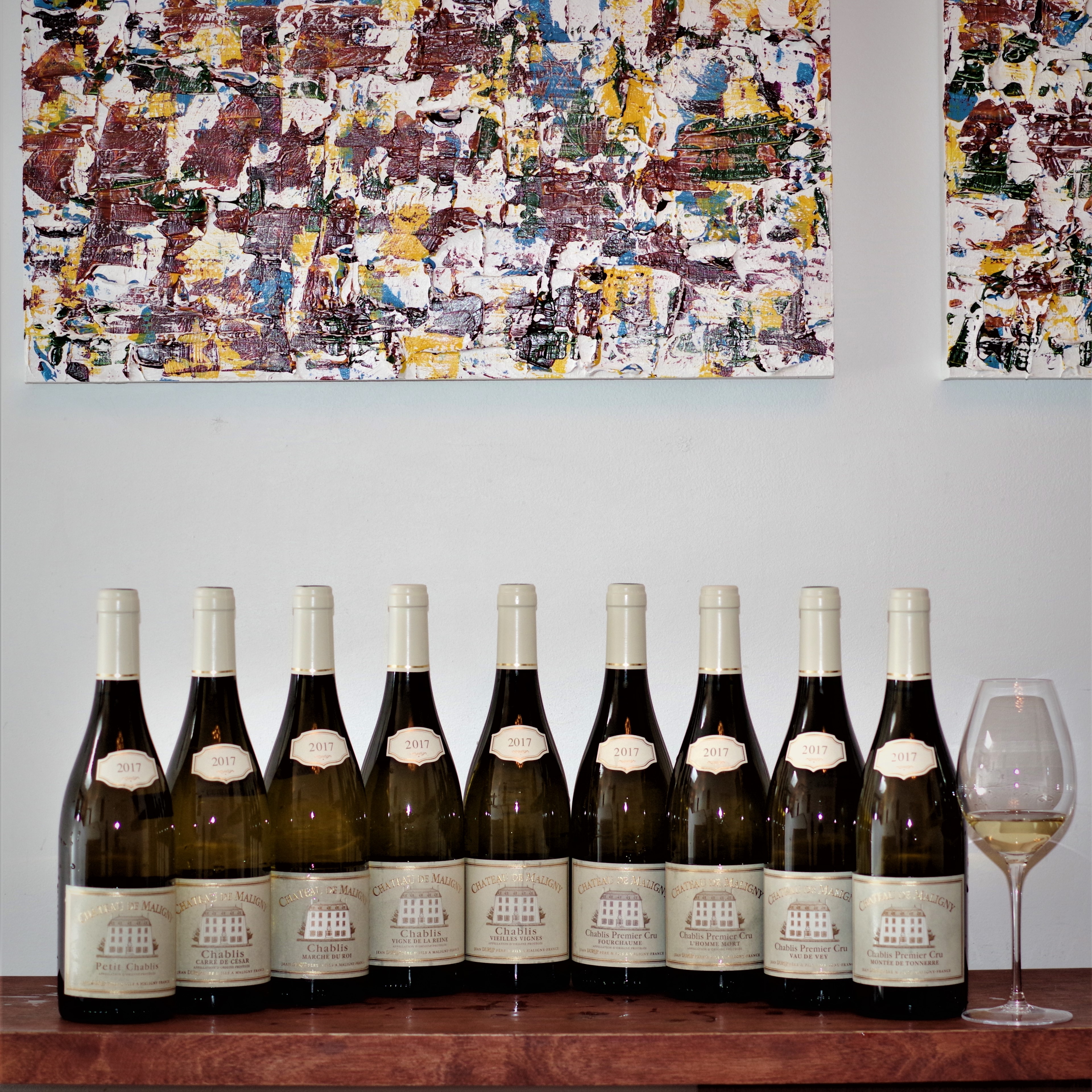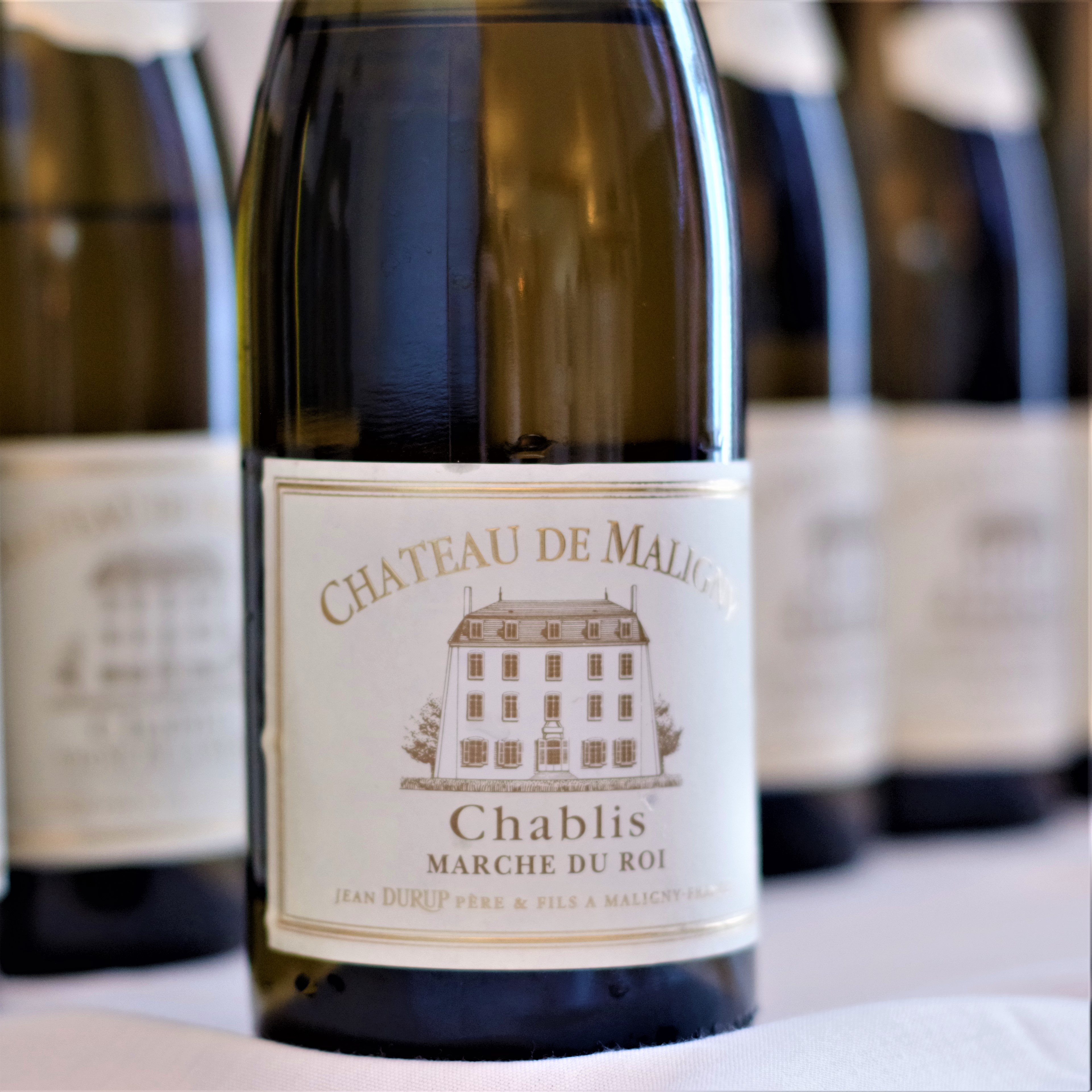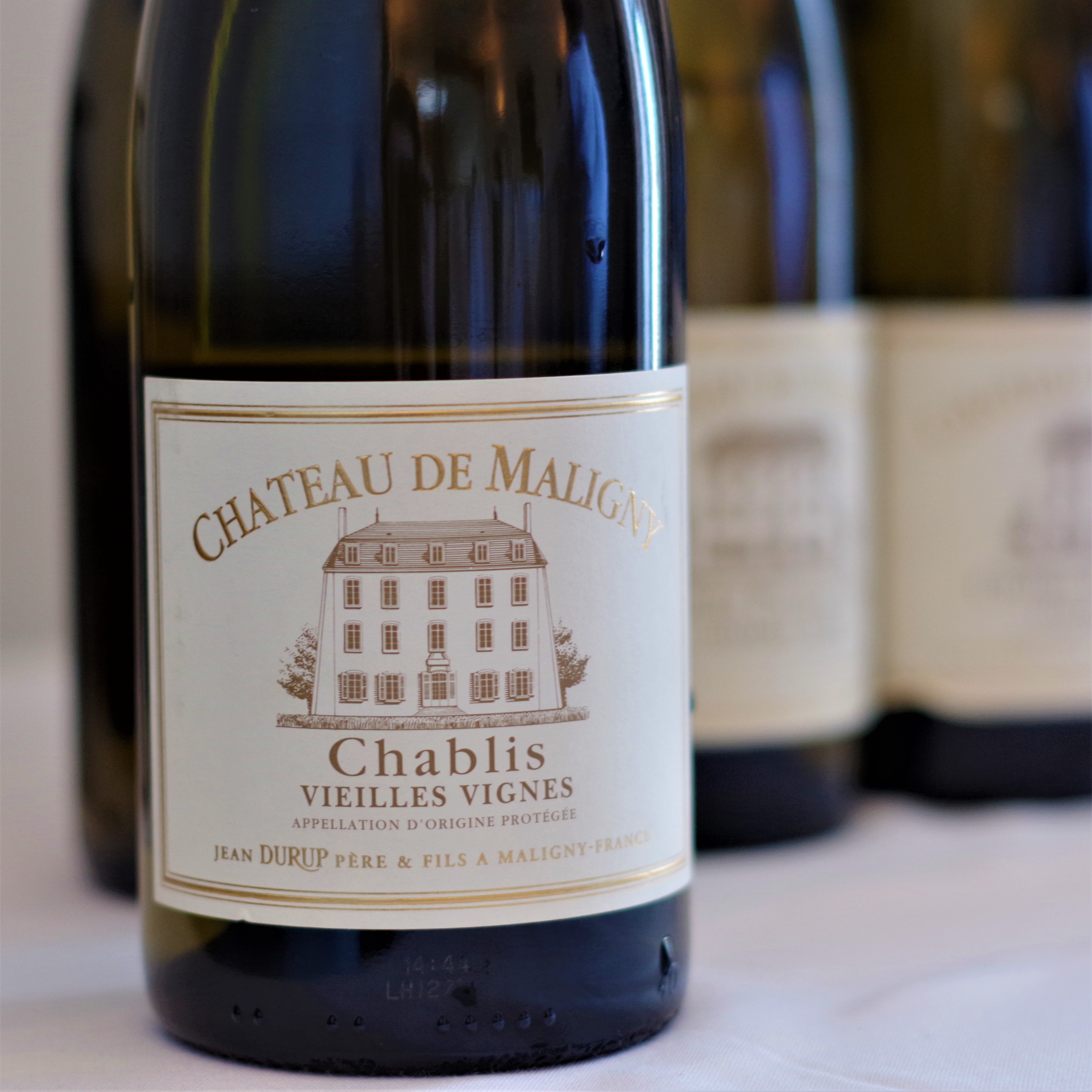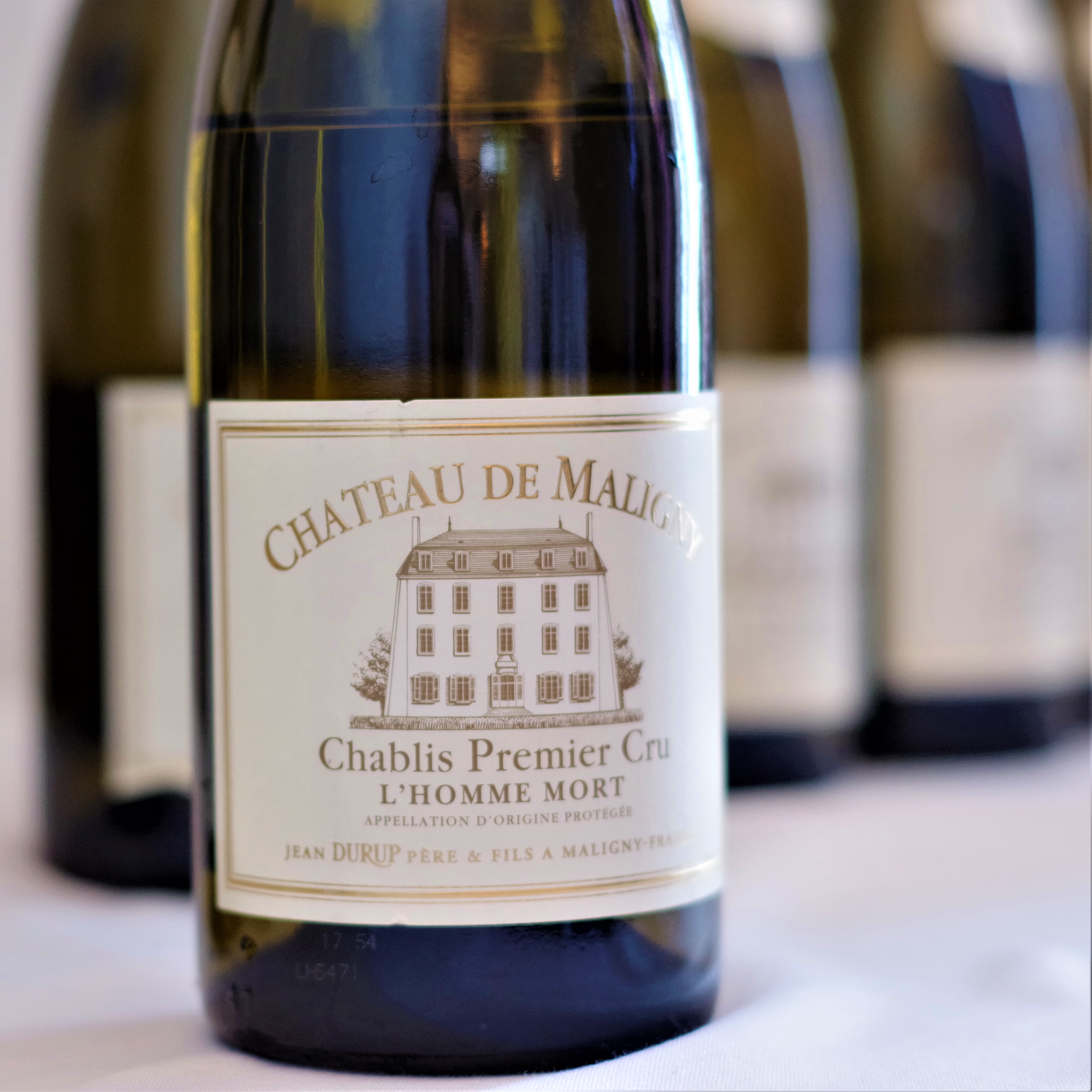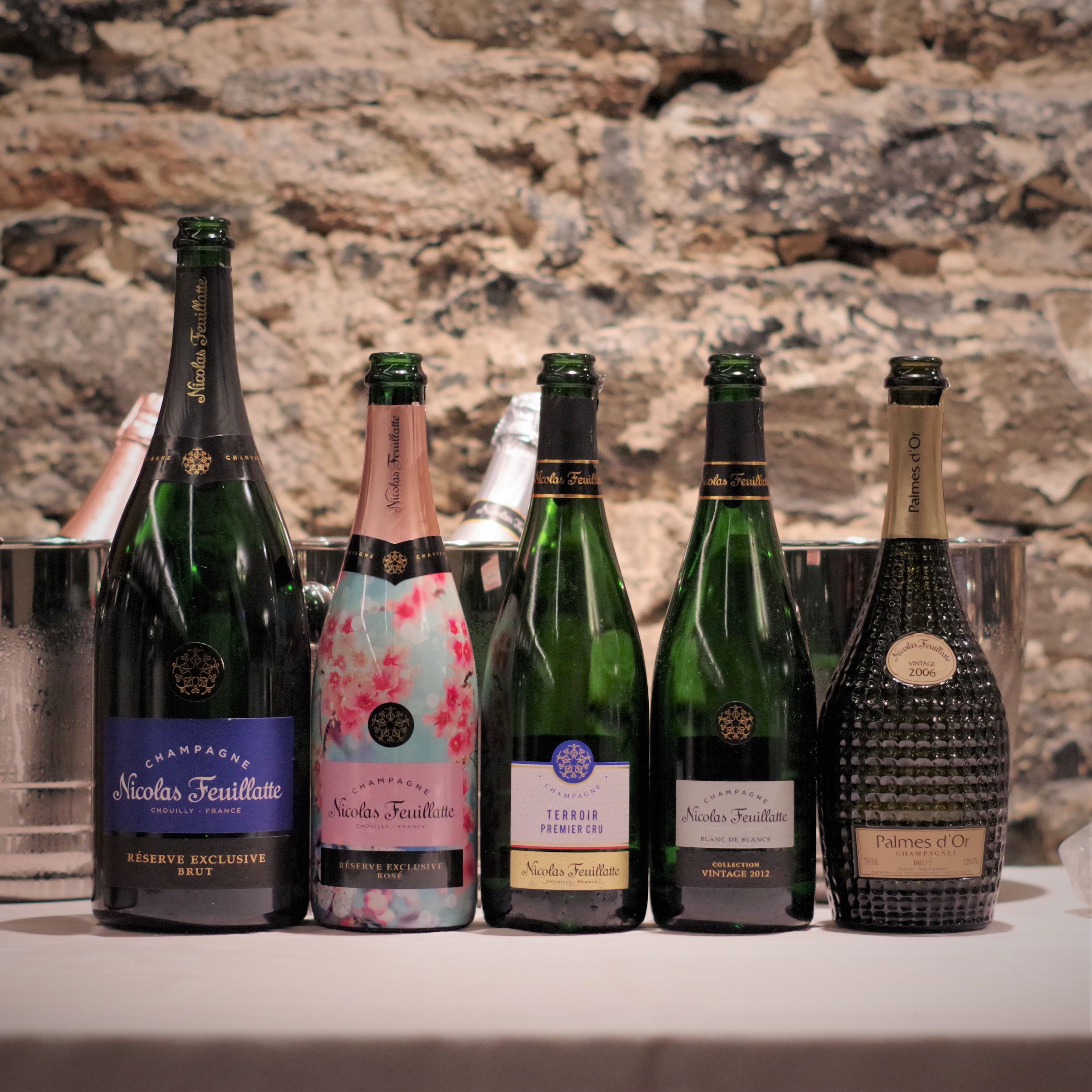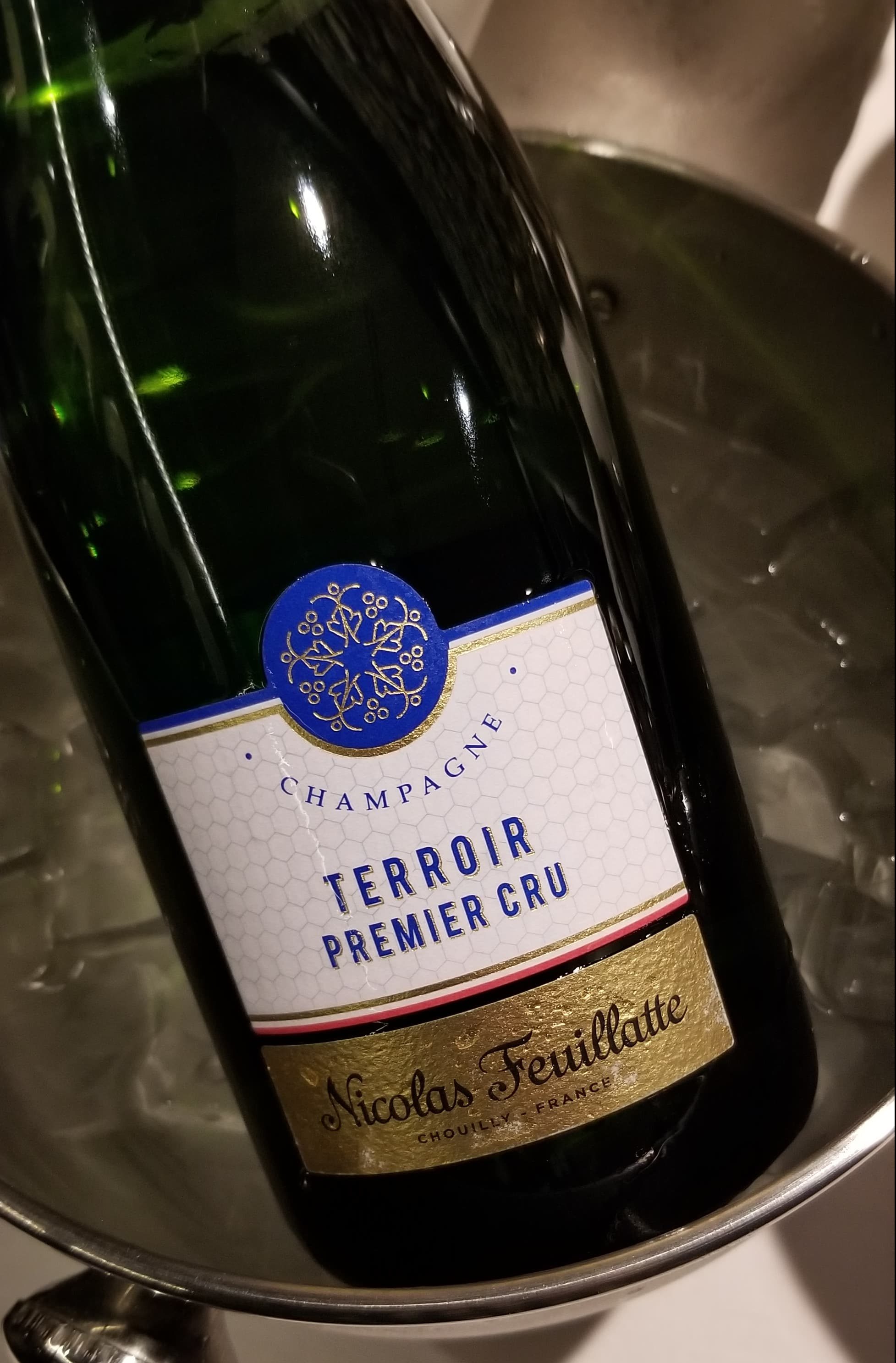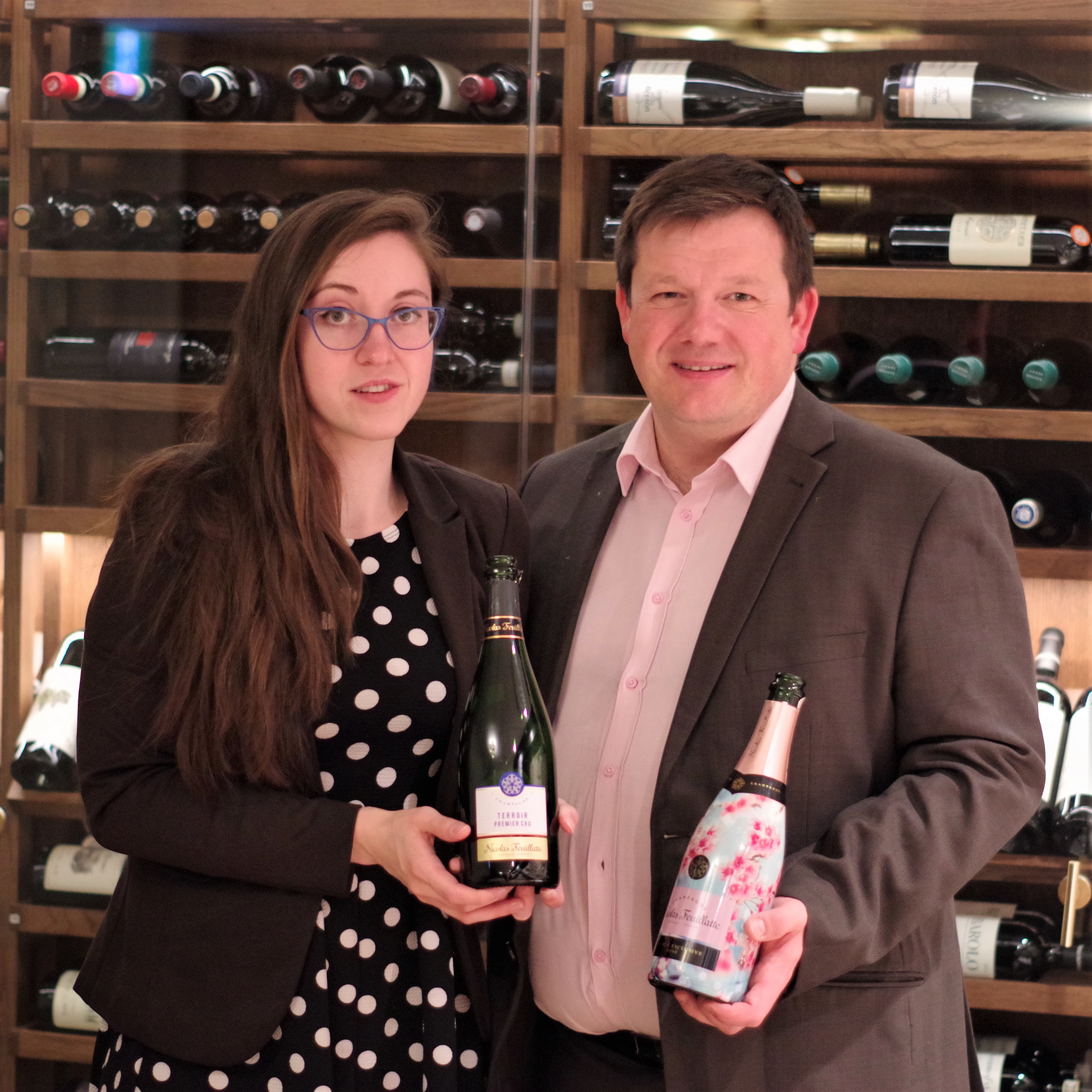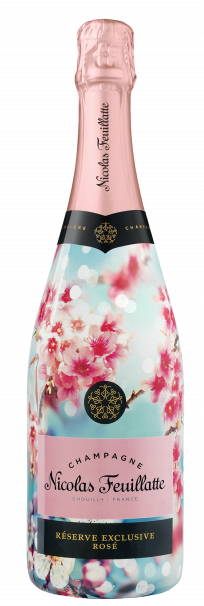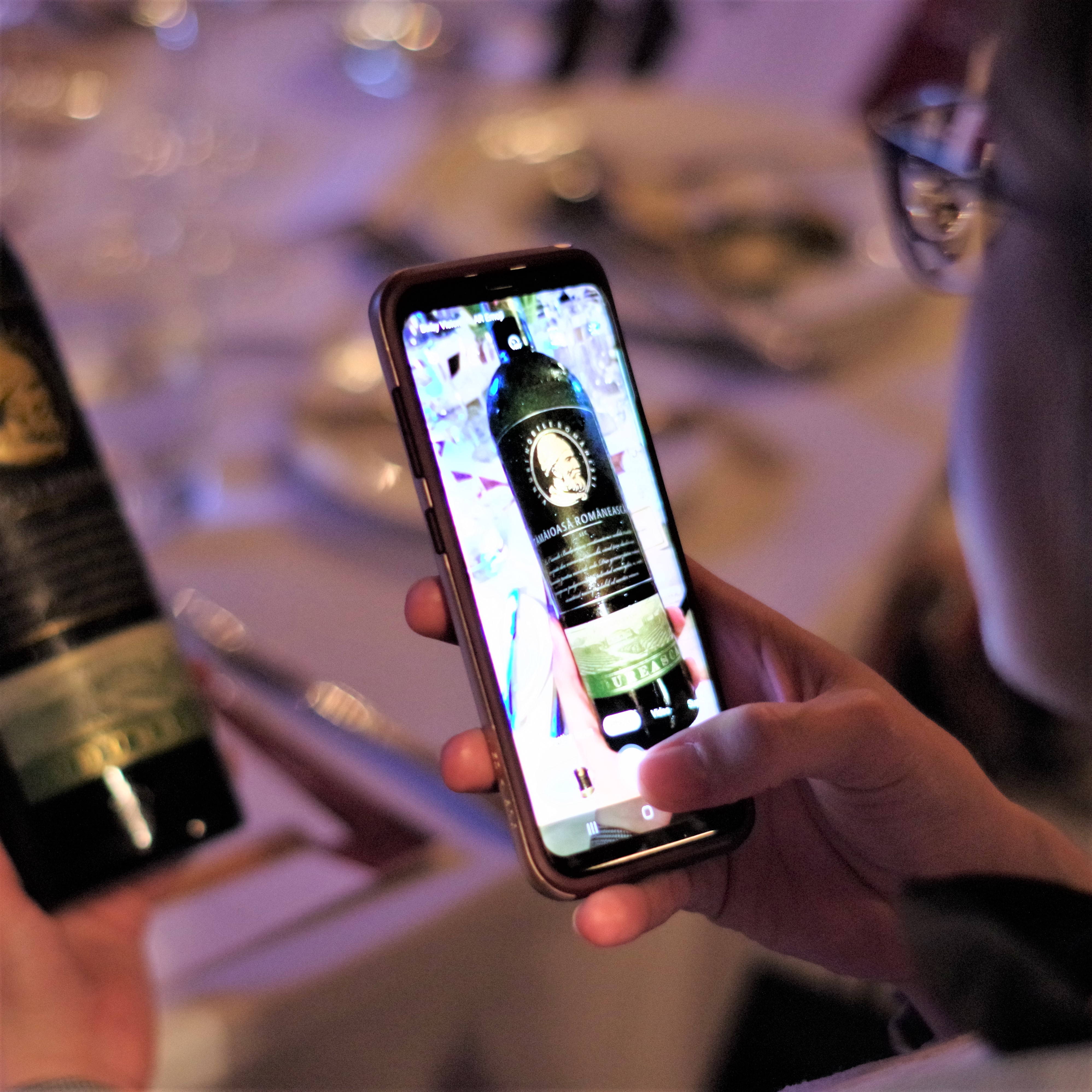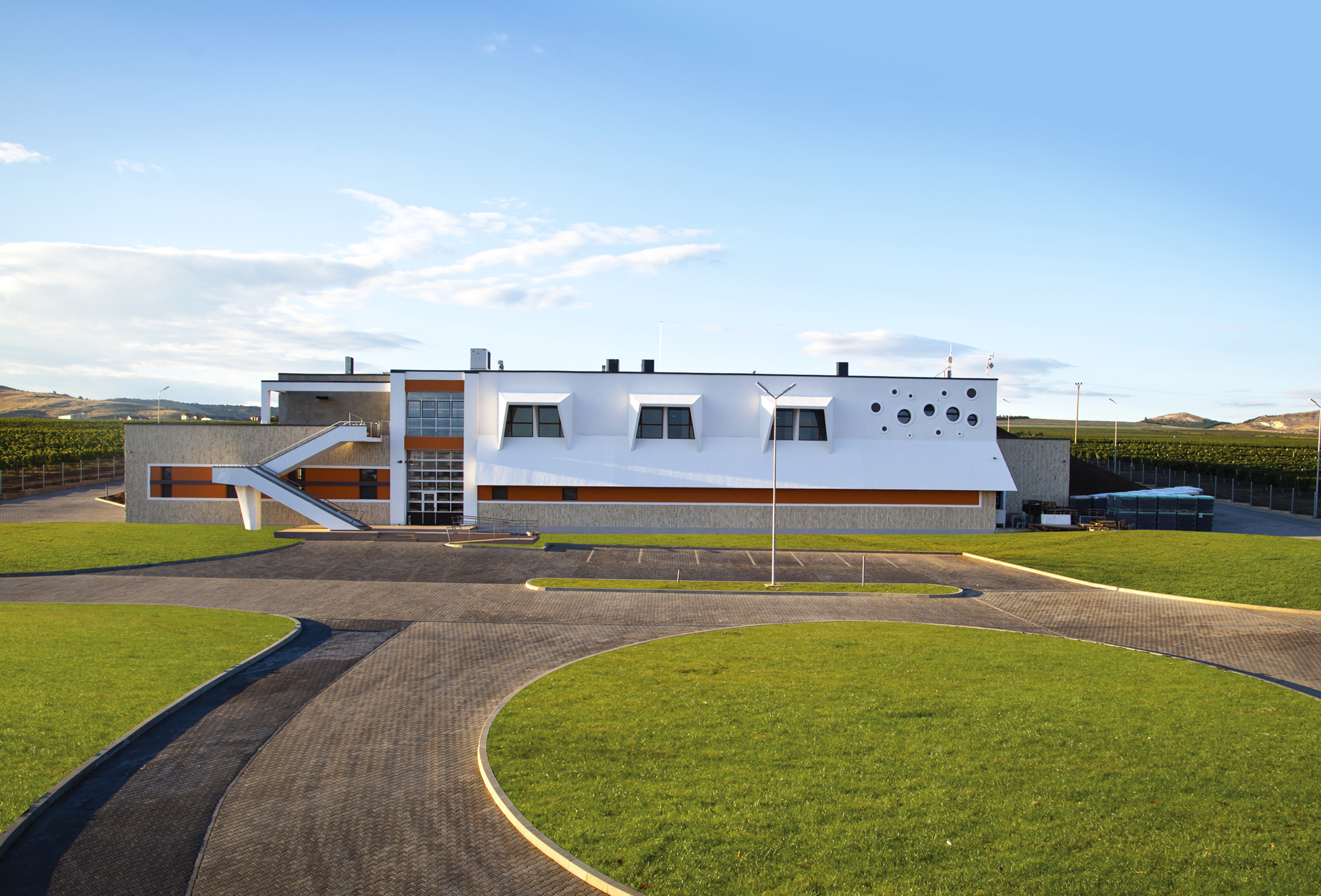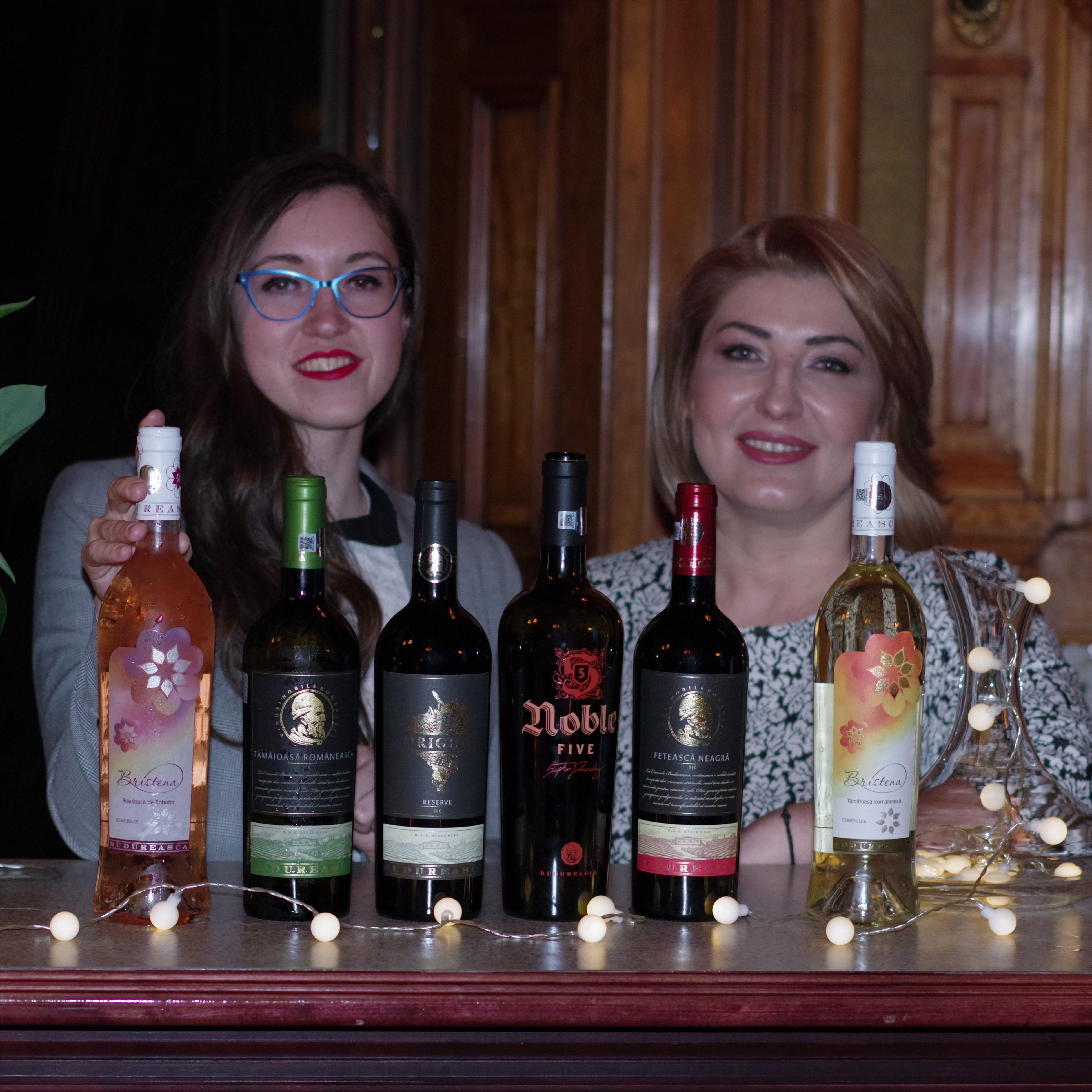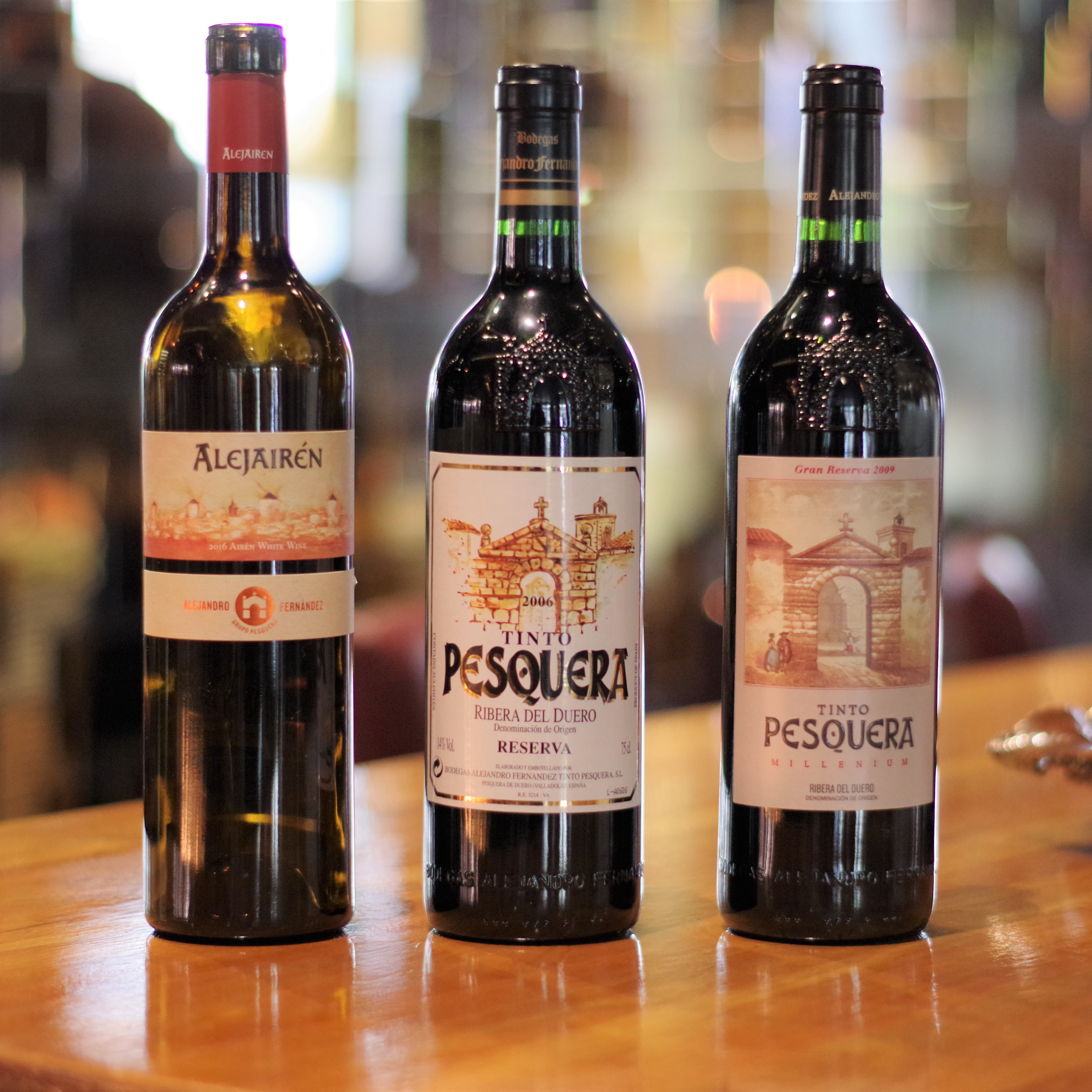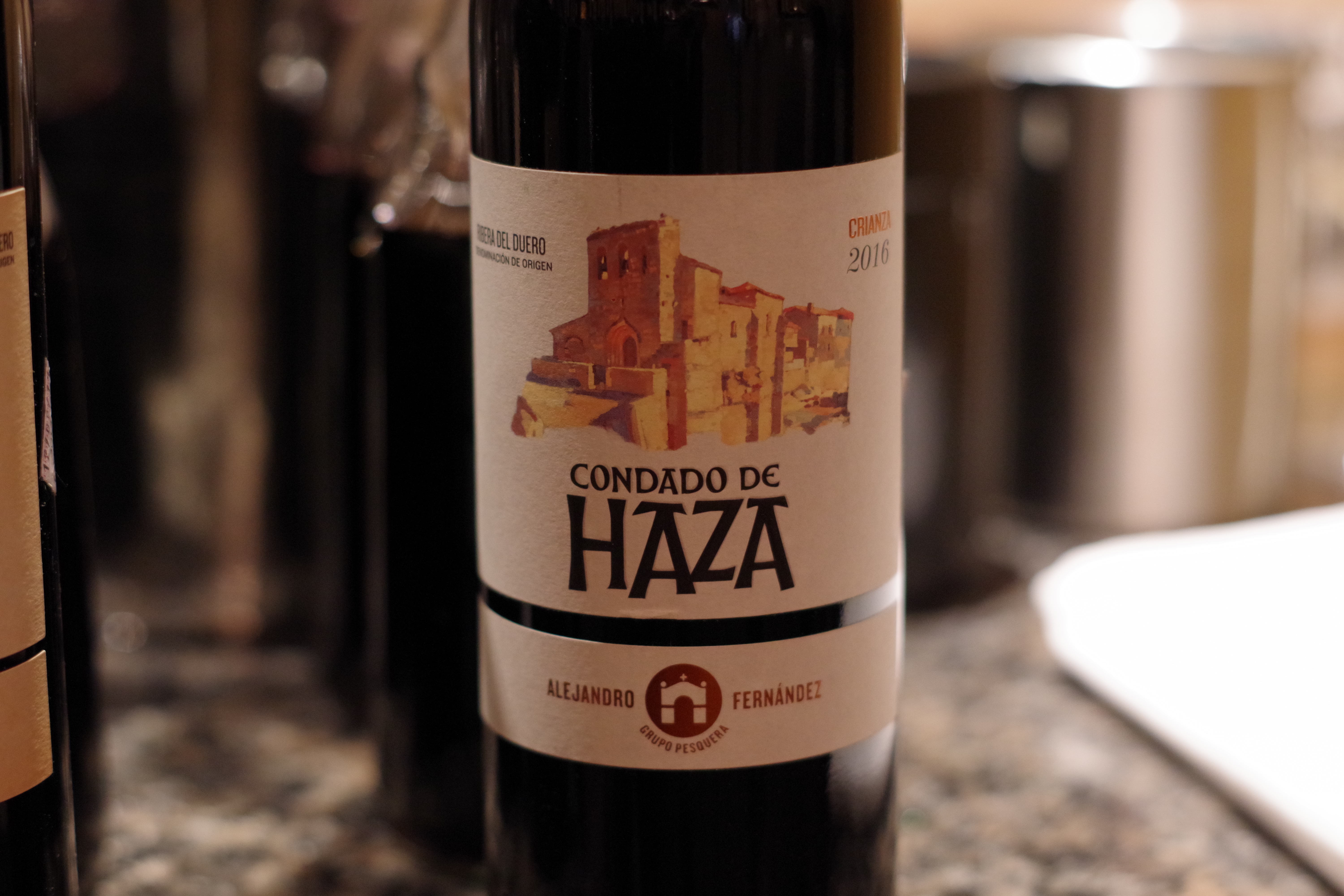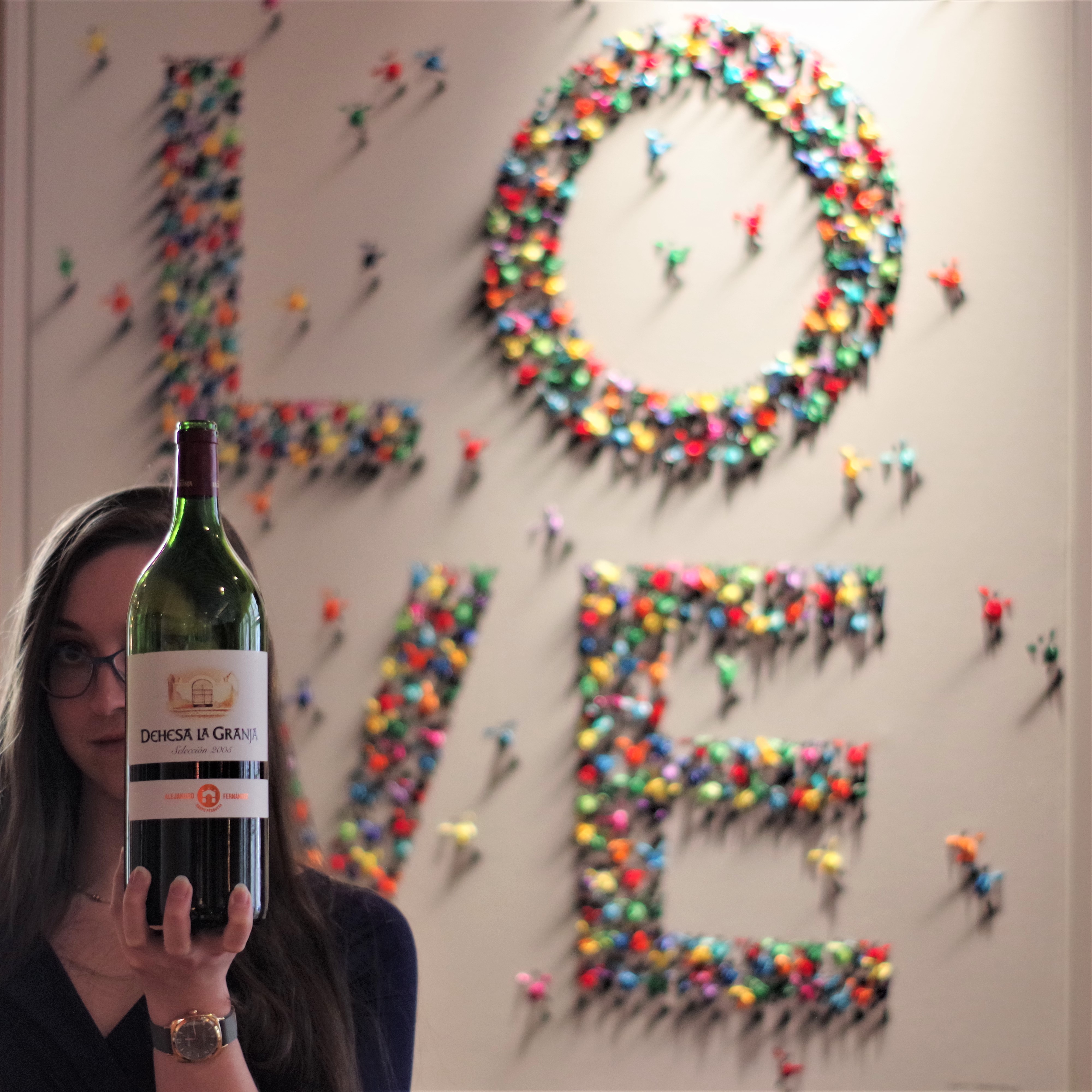
© Pierre Le Hong
I had the chance to talk with Pierre leHong, Cartographer, graphic designer, specialist of vineyard maps. You’ve probably seen them before, otherwise it’s happening here:
https://www.youtube.com/channel/UC3dnq0GBM2gCwTldDLD0jwg
or here:
https://www.facebook.com/PierreLeHongInfographie/
Ultimately, what Mr. LeHong has managed to do is present an infinitely complex element, the terroir in a visually stimulating way. It is a work of goldsmith, which often takes years of research, three in the case of the Medoc, but offers an explanation so much more understandable.
Here is his story ….
How has it all began?
It goes back to the early 2000s, at the time I worked in a press infographic agency in Paris and I often came to Bordeaux to discover the vineyards. Wine tourism was less developed than today. When I started to taste wine, I became interested in Bordeaux and I went mainly to Saint-Emilion or the Medoc. I did not understand why we managed to breed such famous wines, in such flat landscapes. Reading landscapes in the Medoc is very difficult because it is very flat. Whenever we arrived in the Medoc, in the properties, I asked what were the soils. Most of the time, I had the answer that it’s Gravel. I did not understand from an agronomic point of view how Cabernet Sauvignon could grow on Gravel while there is nothing on pebbles in nutritional terms.
Worse still, at the level of the reading of the landscapes, it is catastrophic. The highest point is about 30 meters away, and most of the time it is 18-20 meters. It’s almost flat. In these conditions, it is very difficult to understand how we can generate such wines. I thought it was strange that they could not explain their land intelligibly.
 At the time, in the late 1990s, there was very little cross-section. It was much later that I understood that not only there are Gravels, but also sand and small pockets of clay that are very beneficial. Like St-Emilion, I did not understand the limestone, the limestone, but you never see the color unless you dig to find it. The properties had difficulty explaining the role of this limestone plateau which stores water and which makes a buffer in full phase of vegetative cycle for the vine. Which redistributes water that are needed by the vineyard.
At the time, in the late 1990s, there was very little cross-section. It was much later that I understood that not only there are Gravels, but also sand and small pockets of clay that are very beneficial. Like St-Emilion, I did not understand the limestone, the limestone, but you never see the color unless you dig to find it. The properties had difficulty explaining the role of this limestone plateau which stores water and which makes a buffer in full phase of vegetative cycle for the vine. Which redistributes water that are needed by the vineyard.
When I came back to Paris, I thought there was something to do in this beautiful region. They have gold under their feet, they can’t communicate on it and above all they can’t show it intelligibly.
This project has matured for a few years, then between 2007 and 2010, I had the chance to make a book on the great classified growths of Médoc. For 3 years, I traveled the Médoc with a friend and we worked with properties like Château Palmer, Château Margaux, Lafite, etc. A year later, we did the same thing in Saint-Émilion, and that’s it.
Little by little, during the meetings with the various technical directors, cellar master, people saw what I was doing, at that time in static 3d. It was the first time they saw their technical maps put in 3D. It just needed rumps, just a small depression, a little hollow, to understand that between the two there was a drainage sheet with light, sandy, clayey soils, less favorable. Little by little, I thought, here you are, Pierre, what you wanted to do since the beginning of the 2000s. There must be something to draw from this, to make it into a career. You have a raw material with technical documents, soil maps, soil studies. They should be made more accessible from a democratic point of view. From there came the idea of ​​putting them in animation.
Do you have a preference for 2d or 3d?
The 3d is still better because we are in something dynamic. I’m not ashamed to say it, it must be sexy. There is nothing worse than a technical document. I often take the example of children, they learn more with something nice, pretty, it’s human. Go give multiplication tables or black and white diagrams to a child and he will learn less quickly.
We must find the right balance between the pedagogical, the too pedagogical, the too forbidding, and the too playful. If there is no content, it’s not good.
Which vineyard did you prefer to animate?
Tuscany! It’s very, very beautiful. Italy in general, actually.
A place in the world that you dream of working?
There are so many! I see it in relation to the pictures that I see from time to time on the internet or in Atlas. For example, there is the Mosel Valley. There are many, really. This is what makes the world of wine attractive, because it is a vector of imagination. Often, it is directly related to the landscape, there is the magic that a wine landscape can communicate. For example, next week I’m going to Piedmont and I can’t wait. It’s been four years that I want to go and that’s the vector. It’s a first step towards learning.
Other projects?
Yes, a lot. Next week, I’ll go to the Luberon, then there is Lirac. Thereafter, I go to the Drôme and Barolo. I have lots of others.
Do you think you’ll make other books?
No, I’m going to focus on the 3d. I have seen evolution especially in France. Publishers are very cautious about books that are a bit technical, because there are fewer and fewer paper readers. It’s a shame, but it’s like that.

©Pierre Le Hong
J’ai eu la chance de discuté avec Pierre leHong, Cartographe, infographiste, spécialiste des cartes de vignobles. Vous les avez probablement déjà vu, sinon ça se passe ici.
https://www.youtube.com/channel/UC3dnq0GBM2gCwTldDLD0jwg
ou ici
https://www.facebook.com/PierreLeHongInfographie/
Ultimement, ce que Mr. LeHong a réussi à faire, c’est de présenter un élément infiniment complexe, le terroir d’une manière visuellement stimulante. C’est un travail d’orfèvre, qui prend souvent des années de recherche, trois dans le cas du Médoc, mais qui offre une explication tellement plus compréhensible.
Voici son histoire….
Comment tout a commencé?
Ça remonte au début des années 2000, à l’époque je travaillais dans une agence d’infographie de presse à Paris et je venais souvent à Bordeaux pour découvrir le vignoble Bordelais. L’oenotourisme était moins développé qu’aujourd’hui. Lorsque j’ai commencé à déguster du vin, je me suis intéressé à Bordeaux et j’allais essentiellement à Saint-Émilion ou dans le Médoc. Je ne comprenais pas pourquoi on arrivait à engendrer des vins aussi réputé, dans des paysages aussi plats. La lecture des paysages dans le Médoc est très difficile puisque c’est très plat. À chaque fois que nous arrivions dans le médoc, dans les propriétés, je demandais quels étaient les sols. La plupart du temps, j’avais comme réponse que c’est des graves. Je ne comprenais pas d’un point de vue agronomique comment le Cabernet Sauvignon pouvait pousser sur des graves alors qu’il n’y a rien sur des cailloux en terme nutritionnels.
Pire encore, au niveau de la lecture des paysages, c’est catastrophique. Le point le plus haut est à environ à 30 mètres, et la plupart du temps on est à 18-20 mètres. C’est quasiment plat. Dans ces conditions, c’est très difficile de comprendre comment on peut engendrer de tels vins. Je trouvais étrange qu’ils ne pouvaient pas expliquer leur terroir de manière intelligible.
À l’époque, fin des années 90, il y avait très peu de coupe de sols. C’est bien plus tard que j’ai compris que non seulement il y a des graves, mais aussi du sable et des petites poches d’argile qui sont très bénéfiques. Pareil, à St-Émilion, je ne comprenais pas le calcaire, le calcaire mais on n’en voit jamais la couleur sauf si on creuse pour le trouver. Les propriétés avaient du mal à expliquer le rôle de ce plateau calcaire qui emmagasine de l’eau et qui fait un tampon en pleine phase de cycle végétatif pour la vigne. Qui redistribue au compte-goutte l’eau et les réserves hydrique dont la vigne à besoin.
En revenant à Paris, je me disais qu’il y avait quelque chose à faire dans cette superbe région. Ils ont de l’or sous les pieds, ils n’arrivent pas à communiquer dessus et surtout ils n’arrivent pas à le montrer de manière intelligible.
Ce projet a muri pendant quelques années puis entre 2007 et 2010, j’ai eu la chance de réaliser un livre sur les grands crus classés du Médoc. Pendant 3 ans, j’ai sillonner le médoc avec un ami et nous avons travaillé avec des propriétés comme Château Palmer, Château Margaux, Lafite, etc. On a réalisé des coupes de sols, etc. Un an plus tard, nous avons fait la même chose à Saint-Émilion, et voilà .
Petit à petit, lors des rendez-vous avec les différents directeurs techniques, maitre de chai, les gens voyaient ce que je faisais, à l’époque en 3d statique. C’était, la première fois qu’ils voyaient leurs cartes techniques mise en 3D. Il suffit qu’il y ait deux croupe, juste une petite dépression, un petit creux, pour comprendre qu’entre le deux il y avait une nappe de drainage avec des sols légers, sableux, argileux, moins favorables. Petits à petits, je me suis dit, voilà , Pierre, ce que tu veux faire depuis le début des années 2000. Il doit bien y avoir quelque chose à en tirer, pour en faire ton métier. Tu as une matière première avec des documents technique, des cartes de sols, des études de sols. Il faudrait les rendre plus accessible d’un point de vue démocratique. De là est venu l’idée de les mettre en animation.
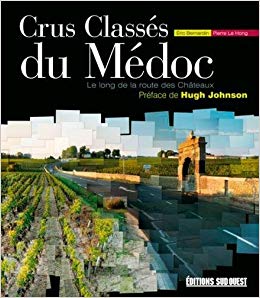 Avez-vous une préférence pour le 2d ou le 3d?
Avez-vous une préférence pour le 2d ou le 3d?
La 3d c’est quand même mieux parce qu’on est dans quelque chose de dynamique. Je n’ai pas honte de le dire, il faut que ça soit sexy. Il y a rien de pire qu’un document technique. Je prends souvent l’exemple des enfants, ils apprennent plus avec quelque chose d’agréable, de joli, c’est humain. Allez donner des tables de multiplication ou des schémas en noir et blanc à un enfant et il va apprendre moins vite.
Il faut trouver le juste milieu entre le pédagogique, le trop pédagogique, le trop rébarbatif, et le trop ludique. S’il n’y a pas de contenu, ce n’est pas bon.
Quels vignoble as-tu préféré animé?
La toscane! C’est très, très beau. L’Italie en général en fait.
Un endroit dans le monde que tu rêverais de travailler?
Houlà ! Il y en a tellement. Je vois ça par rapport aux photos que je vois de temps en temps sur internet ou dans les atlas. Par exemple, il y a la vallée de la Mosel. Il y en beaucoup, vraiment. C’est ce qui rend le monde du vin attractif, parce que c’est un vecteur d’imaginaire, d’imagination. Souvent, c’est lié directement au paysage, il y a la magie qu’un paysage viticole peut communiquer. Par exemple, la semaine prochaine je pars dans le Piedmont et j’ai hâte. Ça fait quatre ans que je veux y aller et ça c’est le vecteur. C’est un premier pas vers un apprentissage.
Autres projets?
Oui, beaucoup. La semaine prochaine je pars dans le Luberon, ensuite, il y a Lirac. Par la suite, je pars dans la Drôme et du côté du Barolo. J’en ai plein d’autres.
Pensez-vous faire d’autres livres?
Non, je vais me concentrer sur la 3d. J’ai vu l’évolution surtout en France. Les éditeurs sont très frileux concernant les livre un peu technique, parce qu’il y a de moins en moins de lecteurs papier. C’est bien dommage, mais c’est comme ça.
